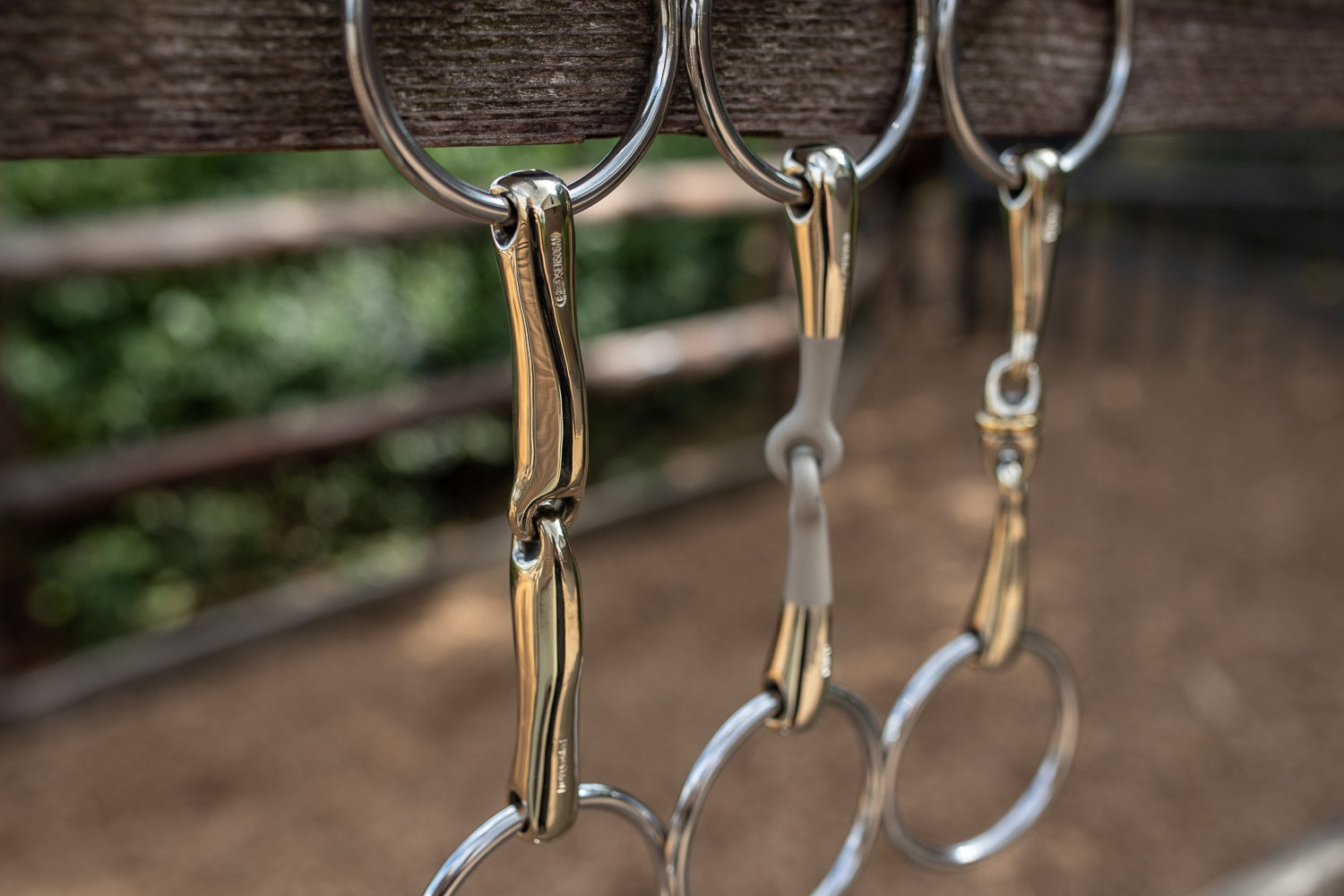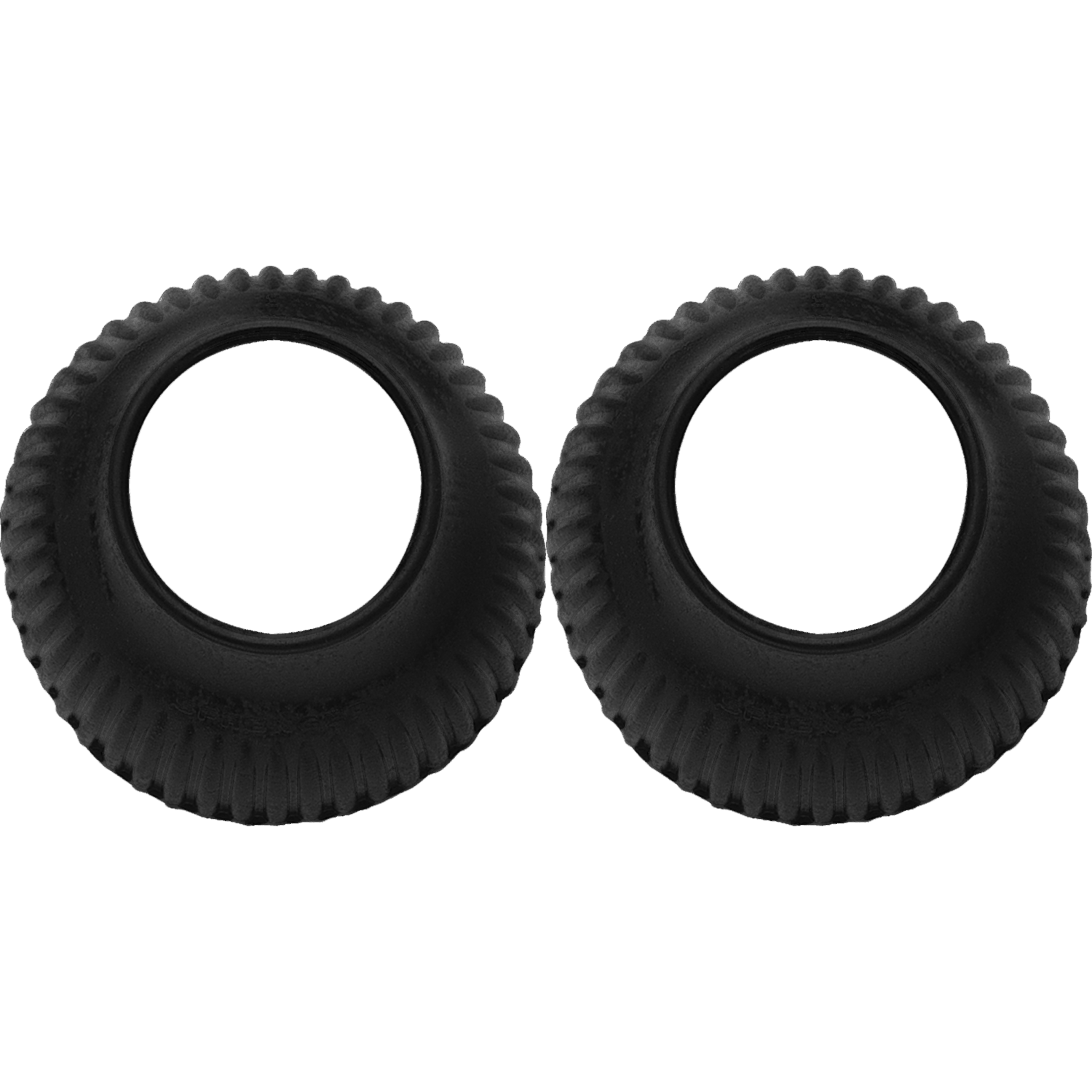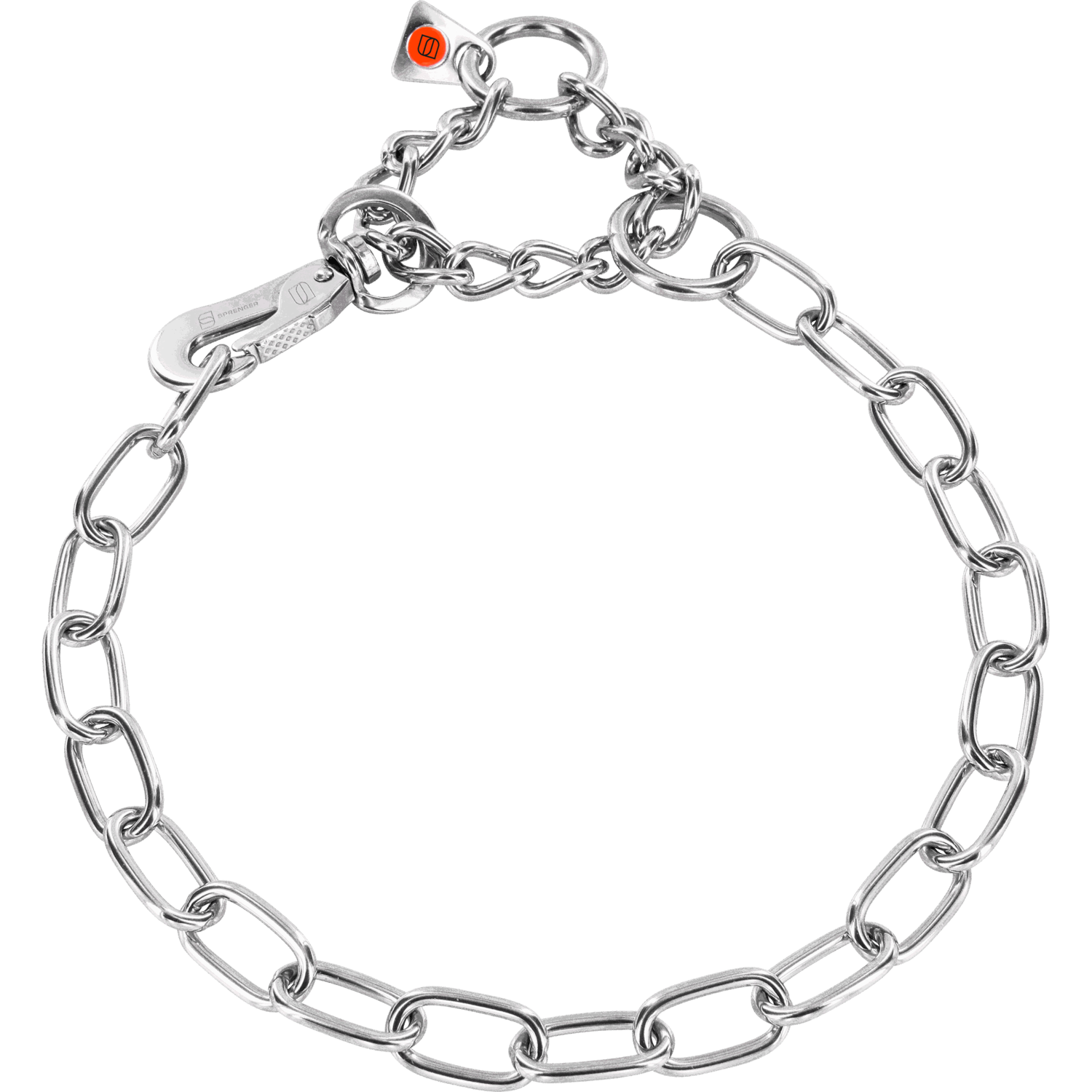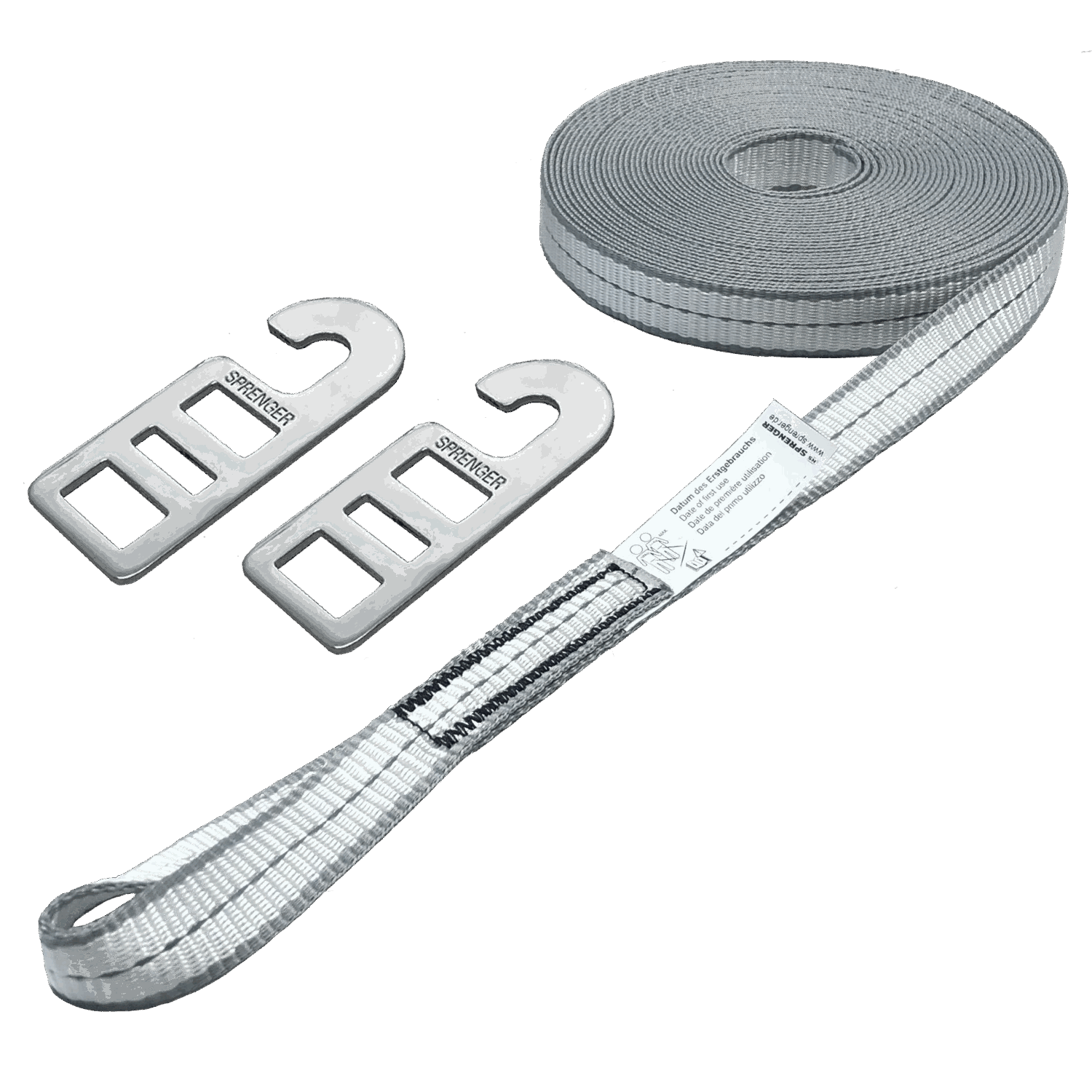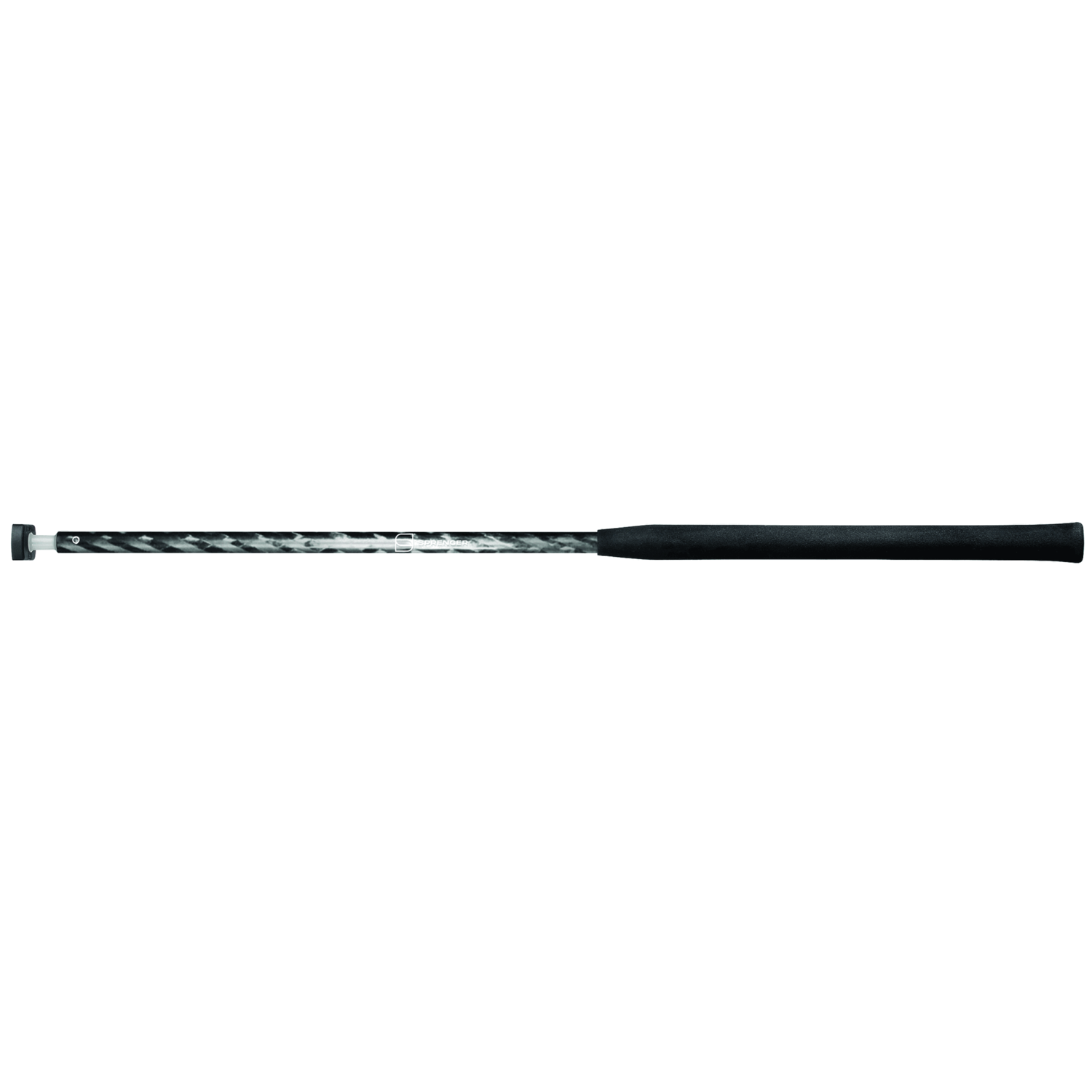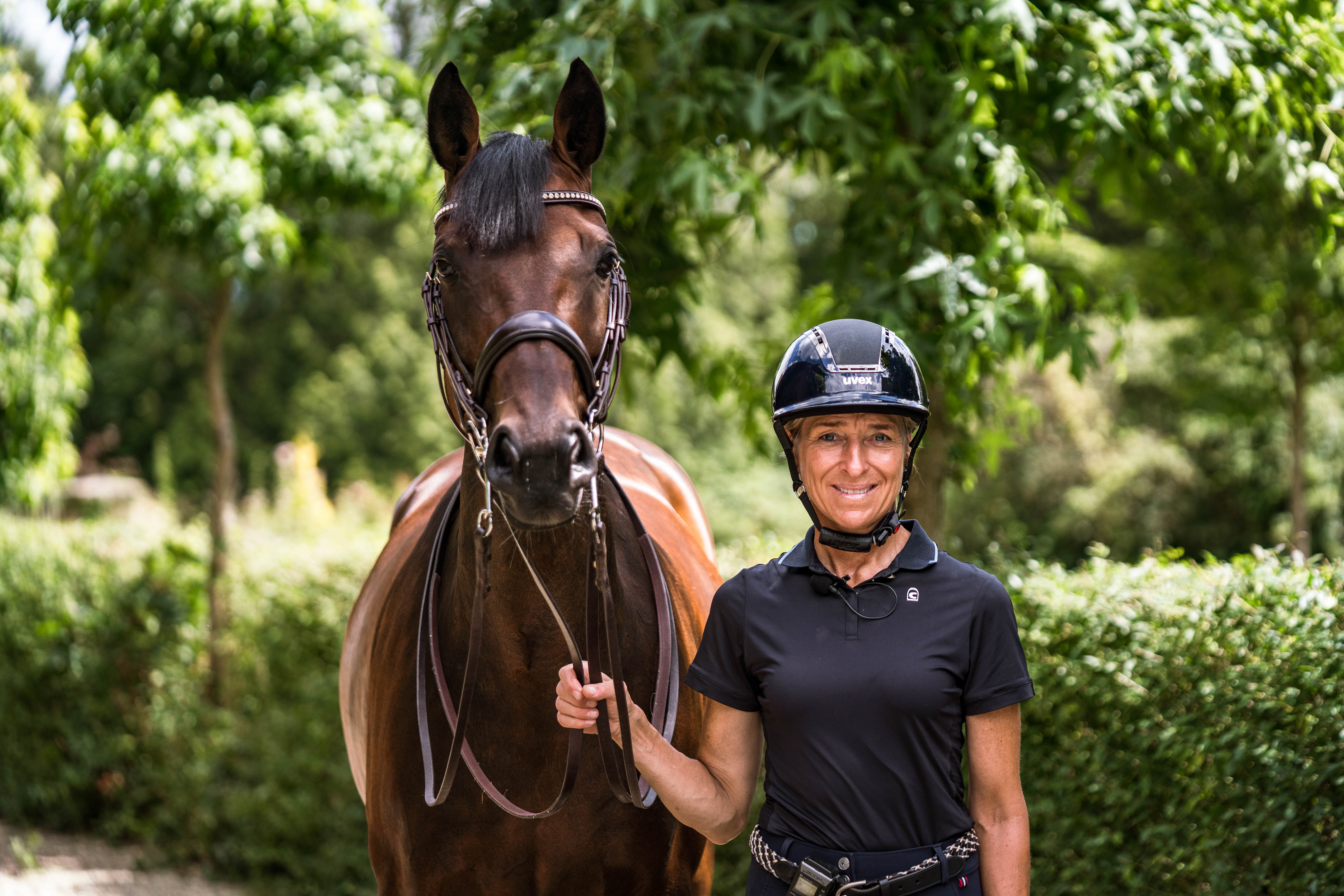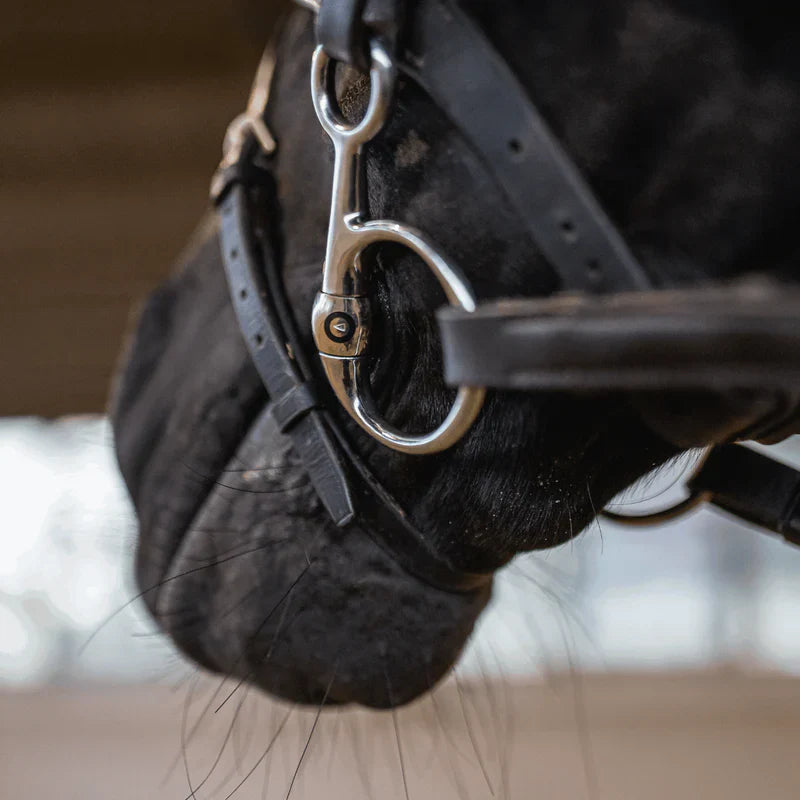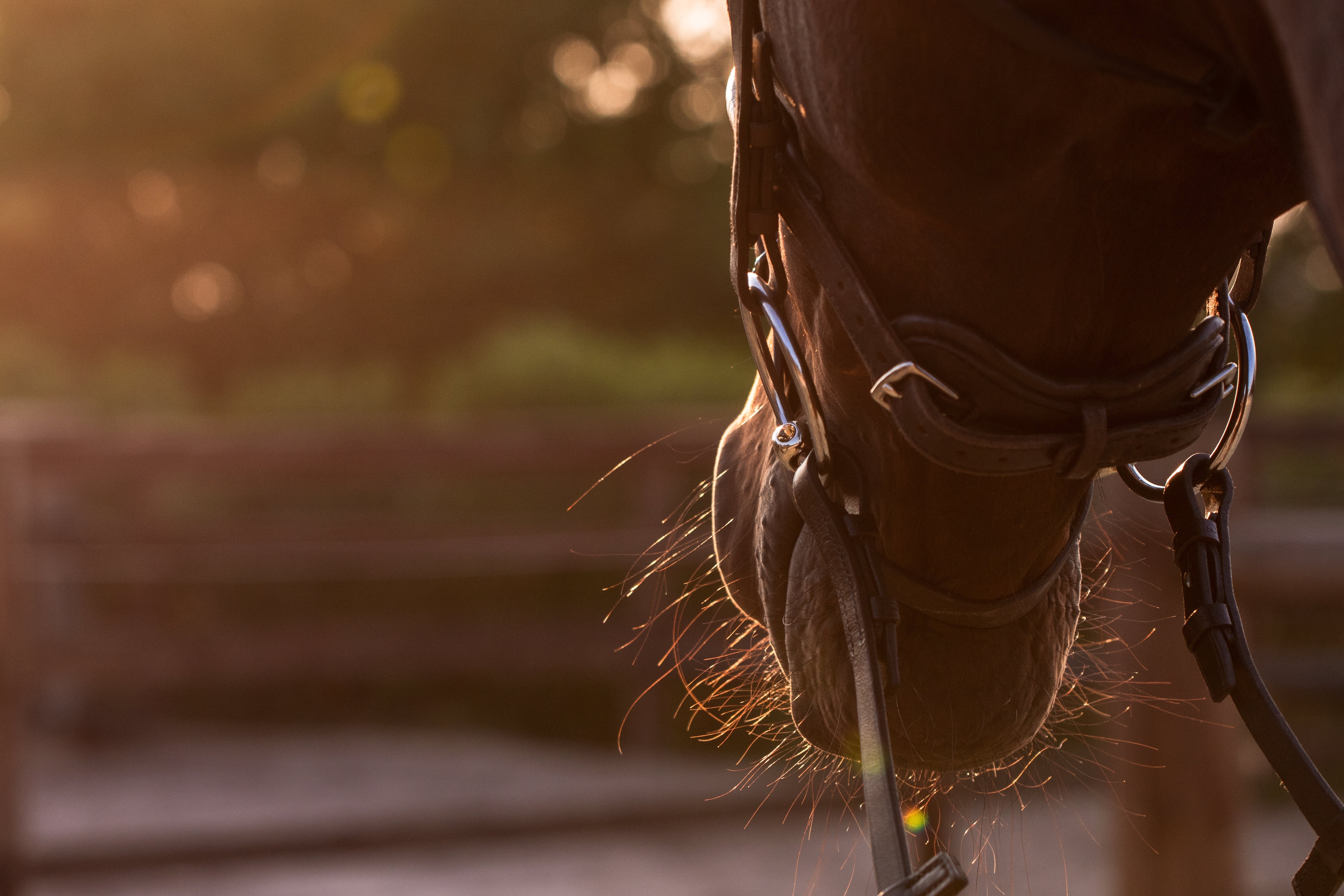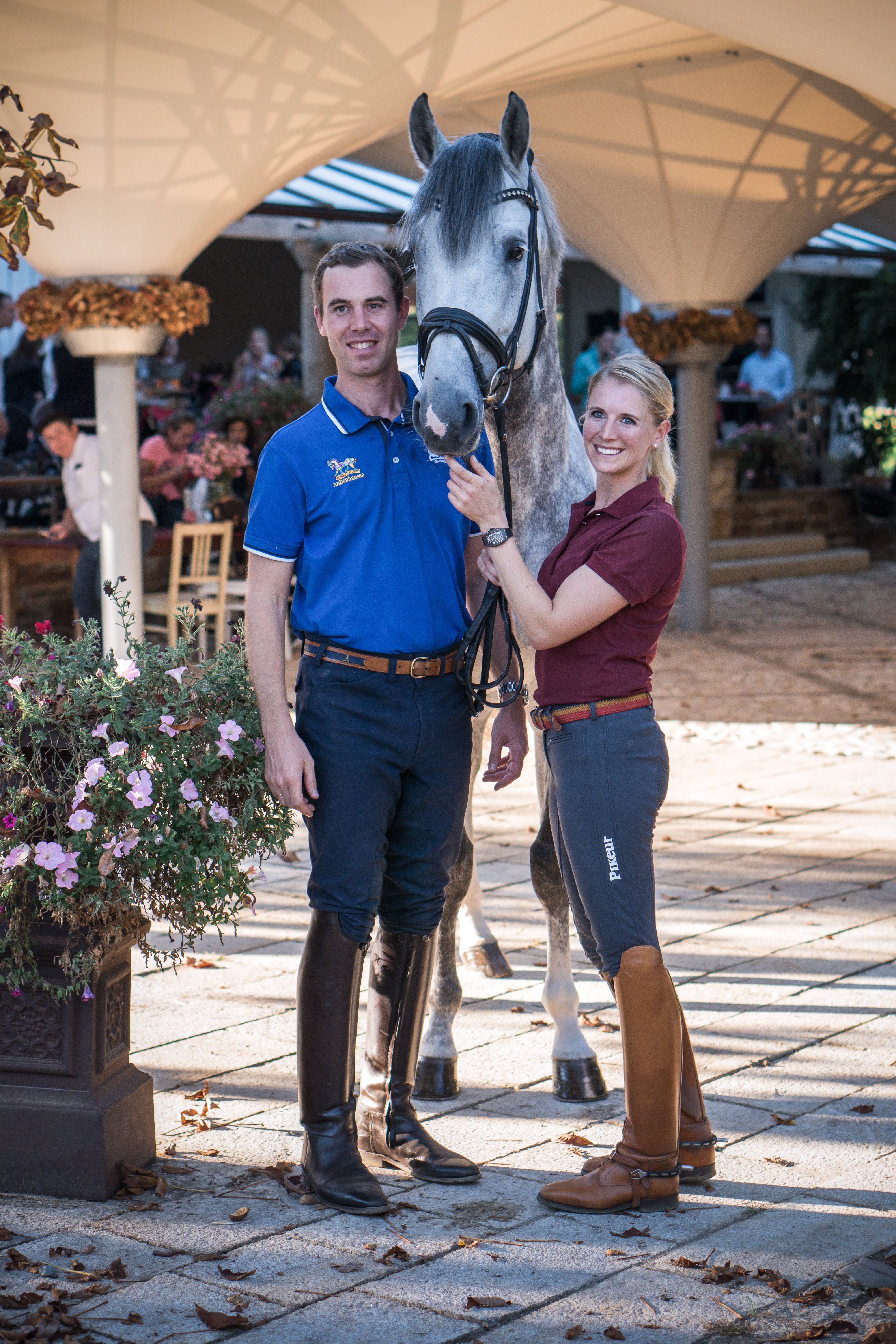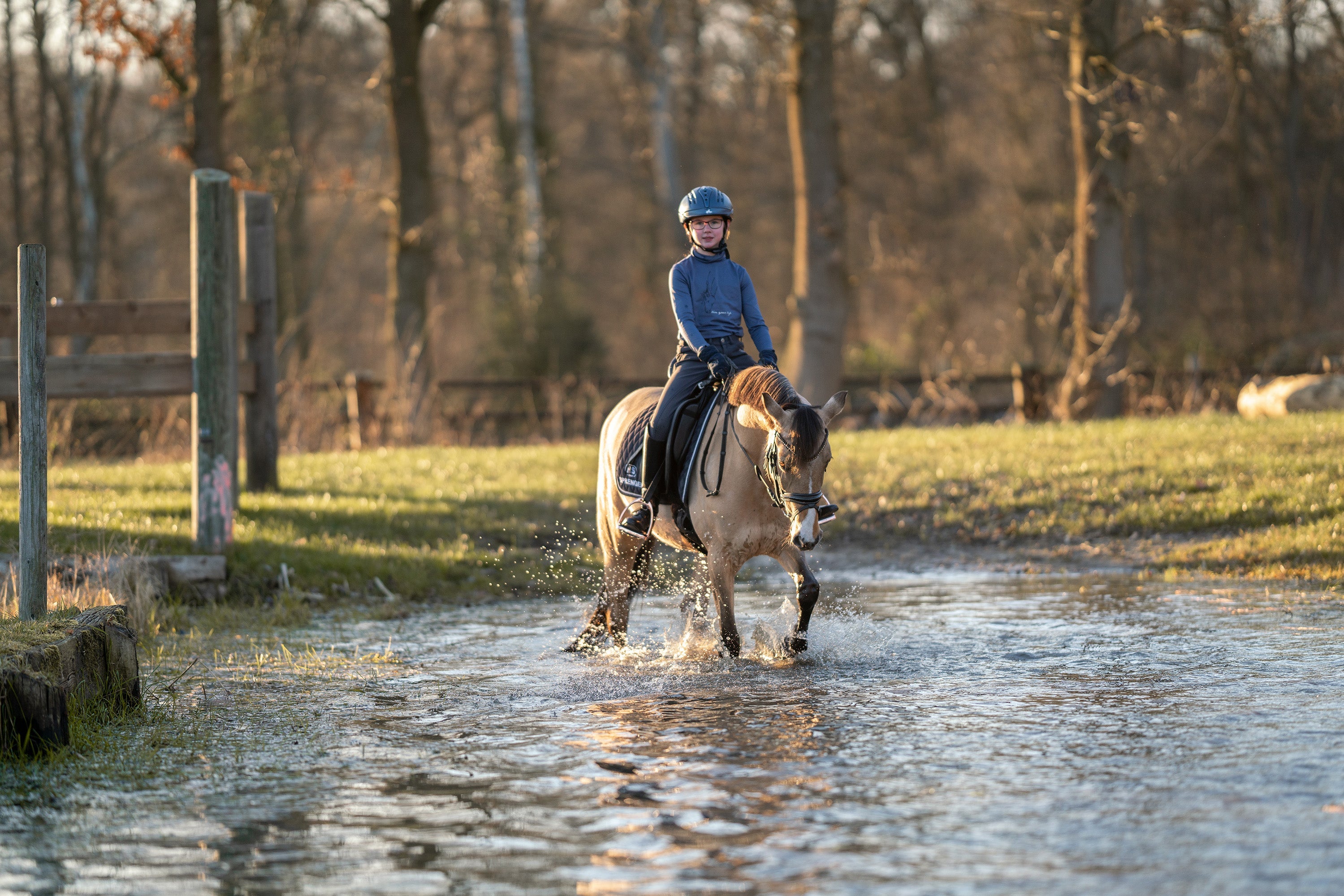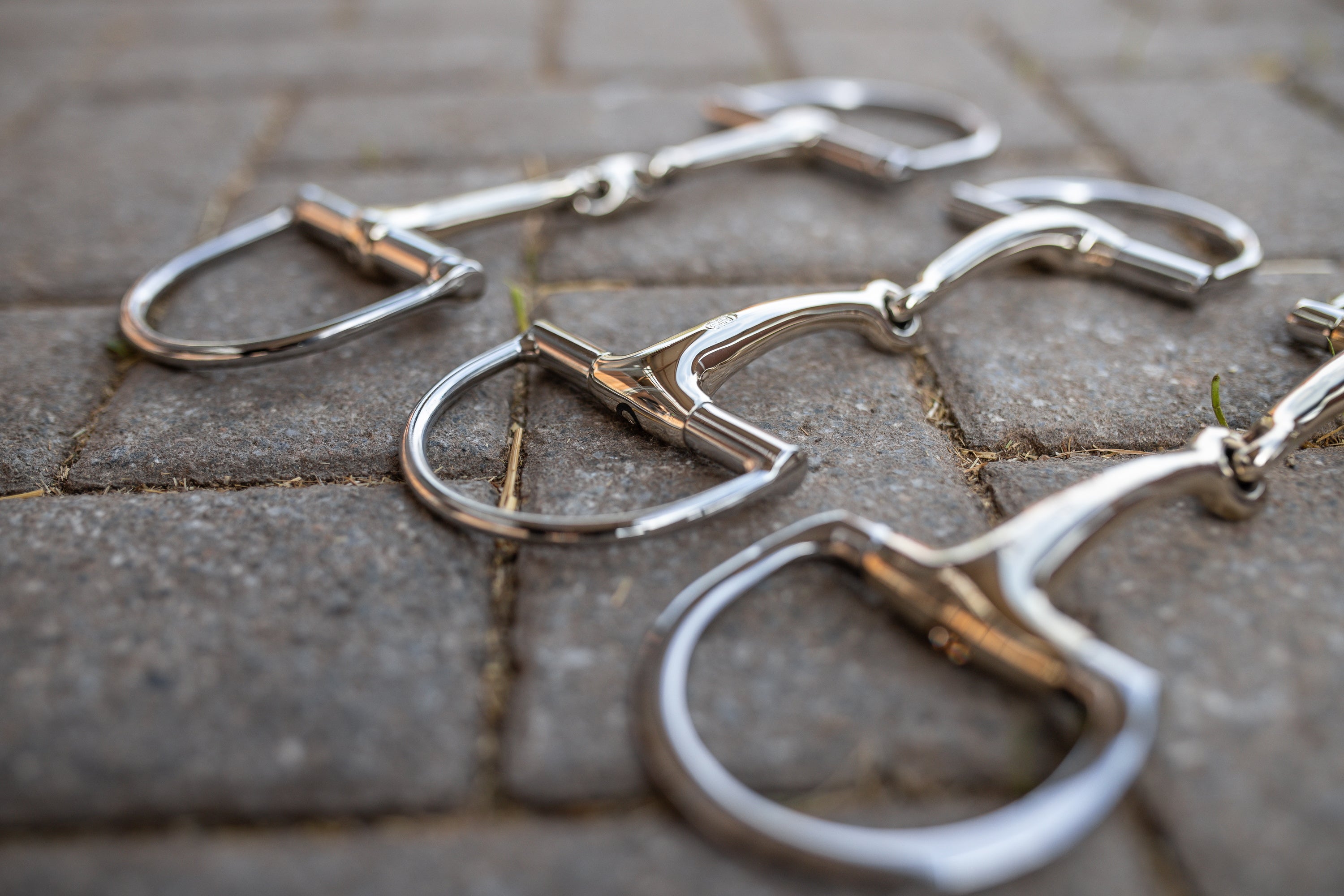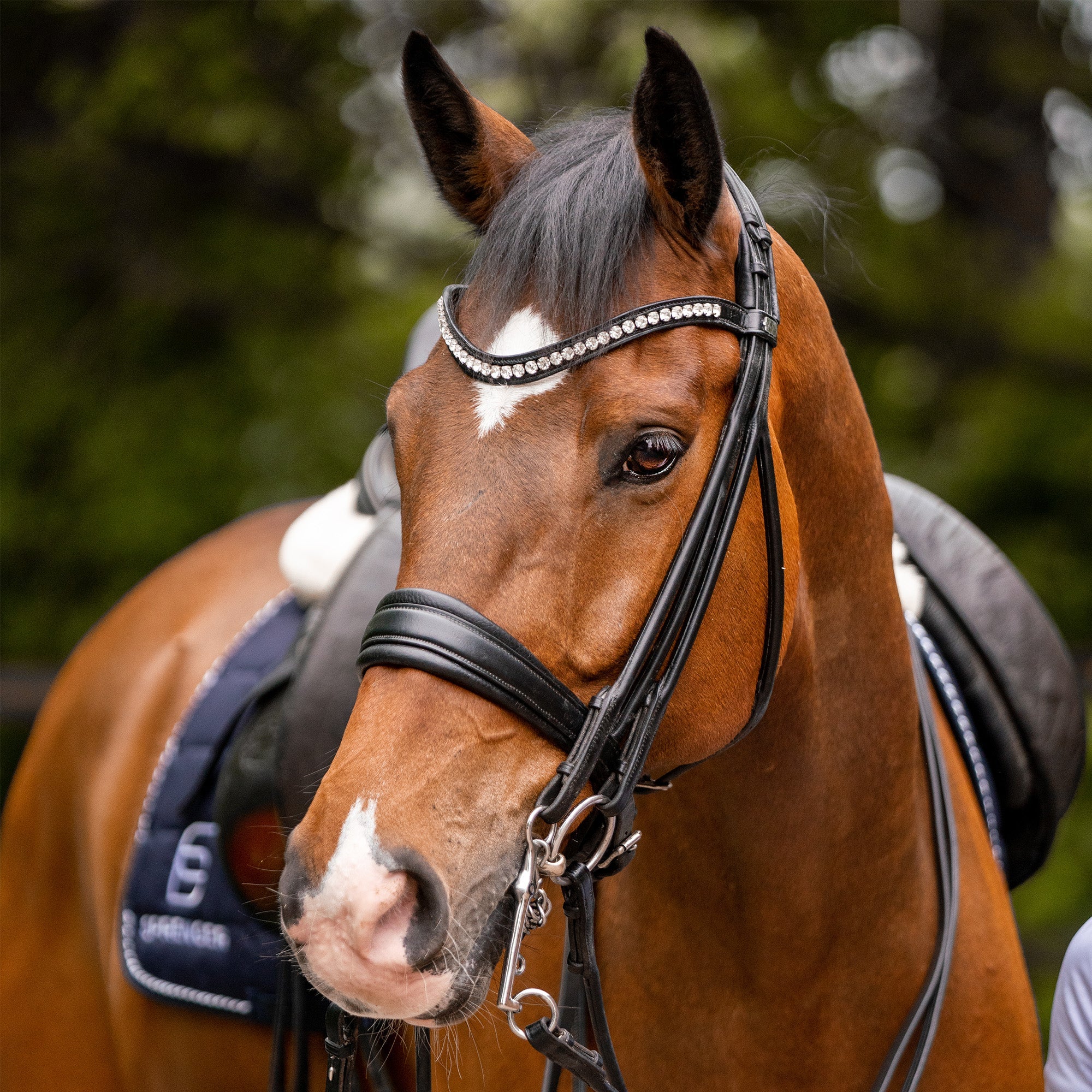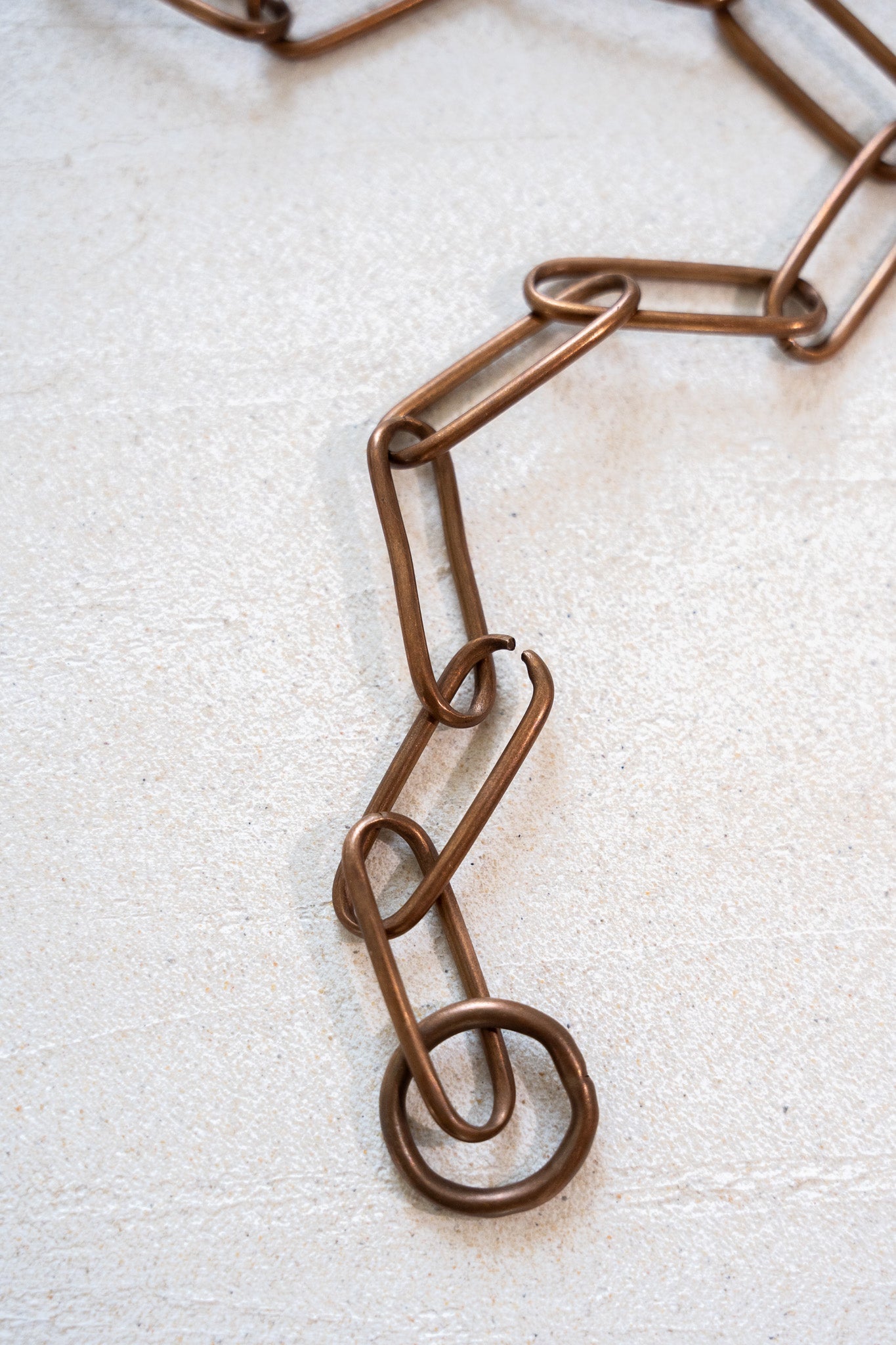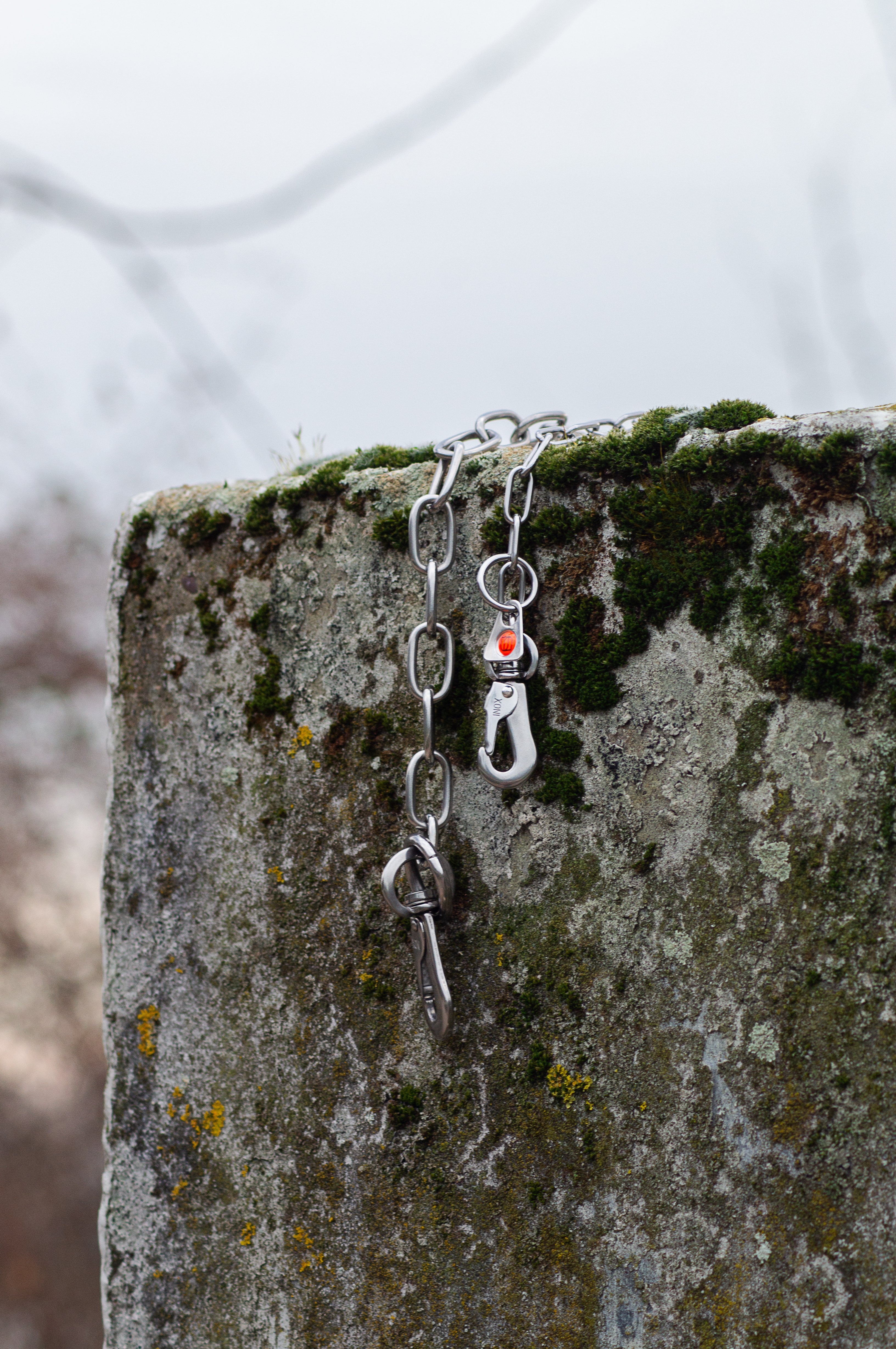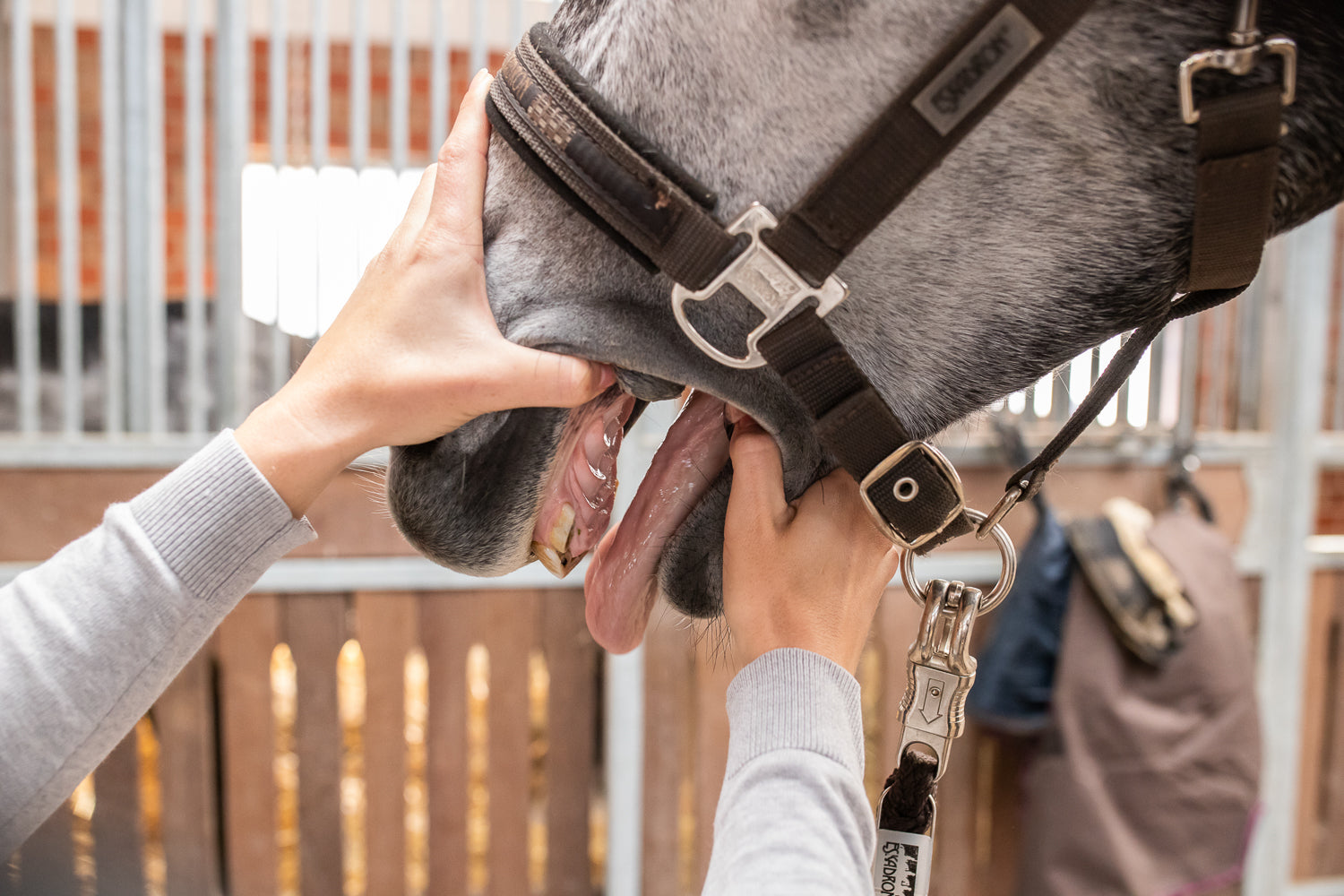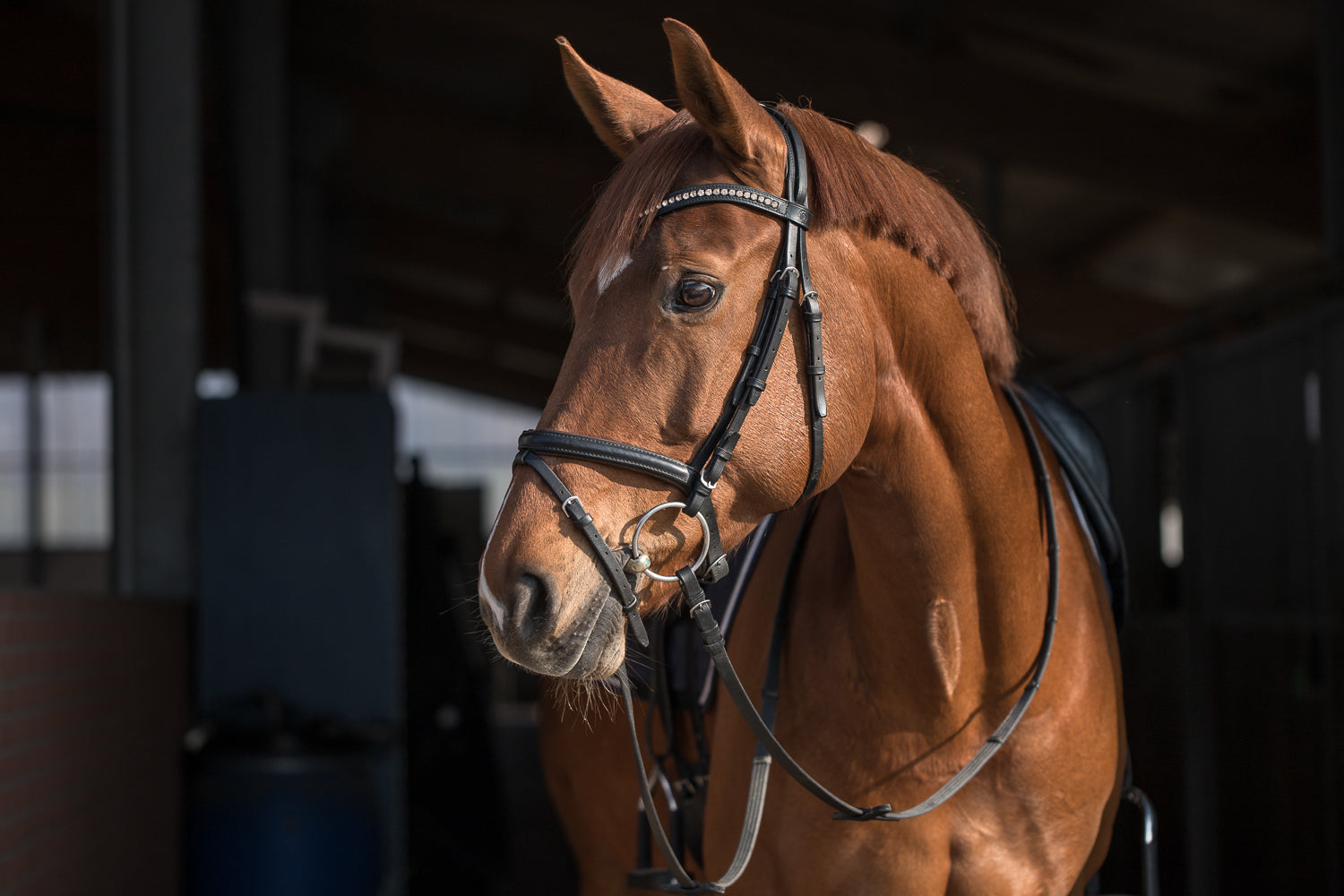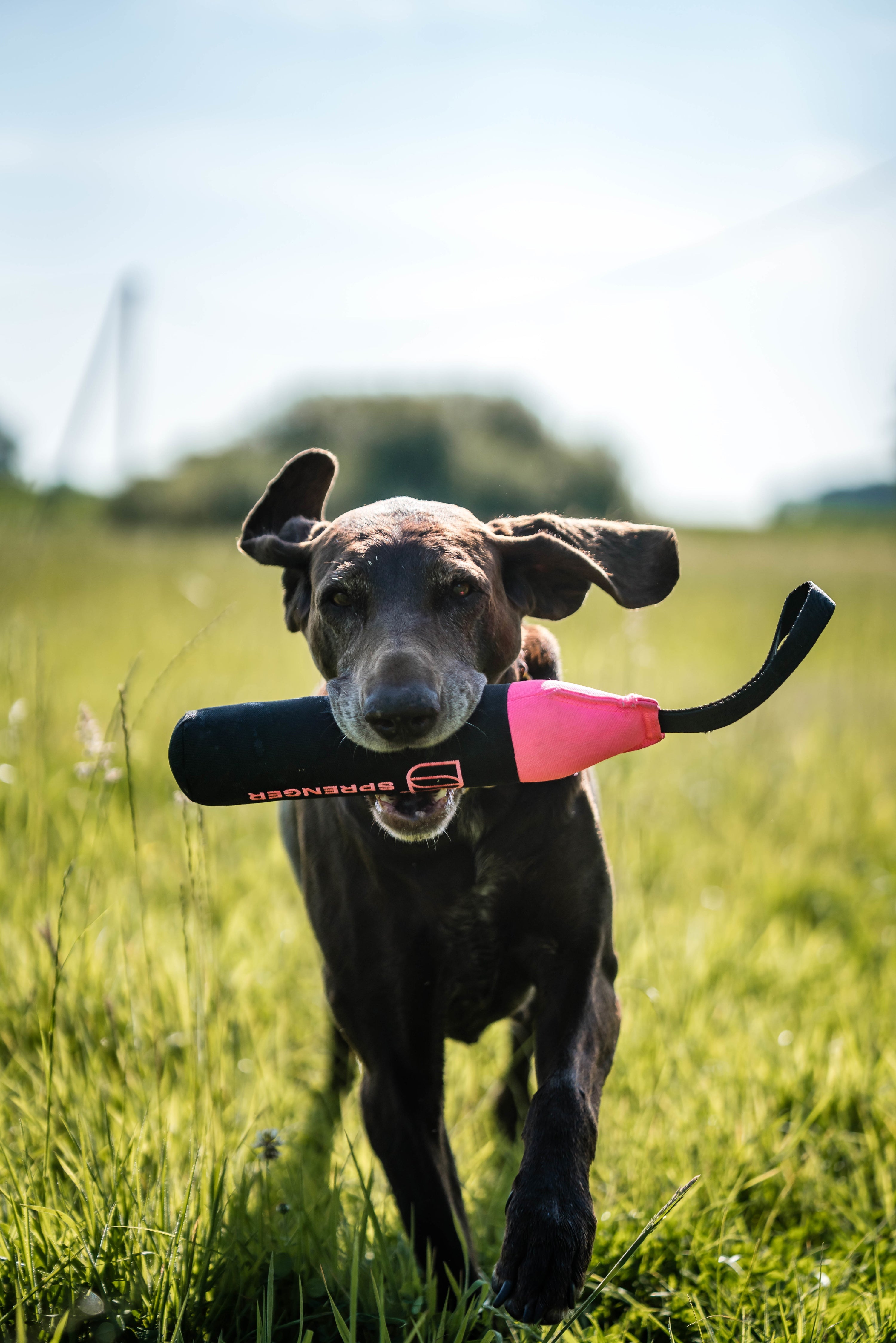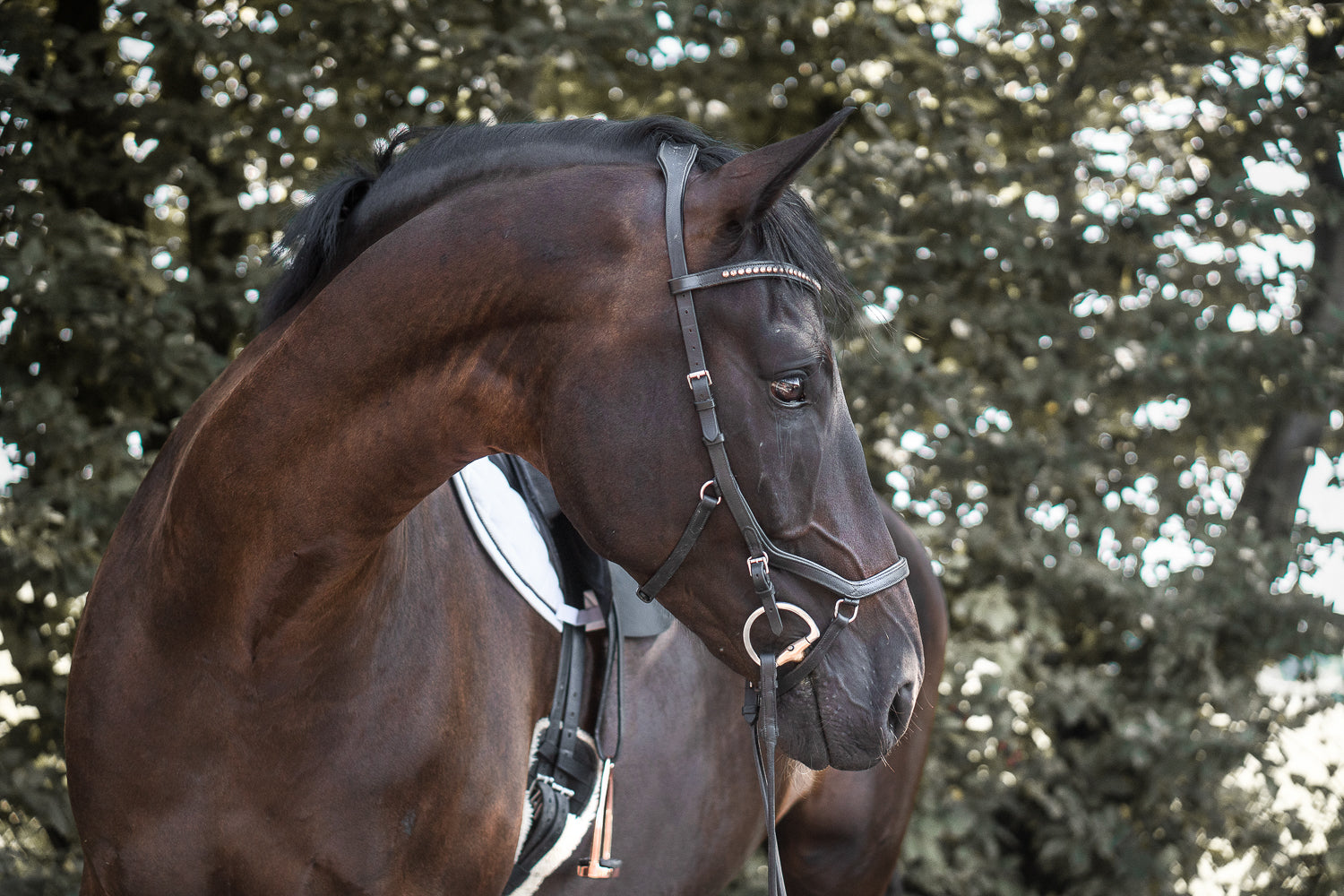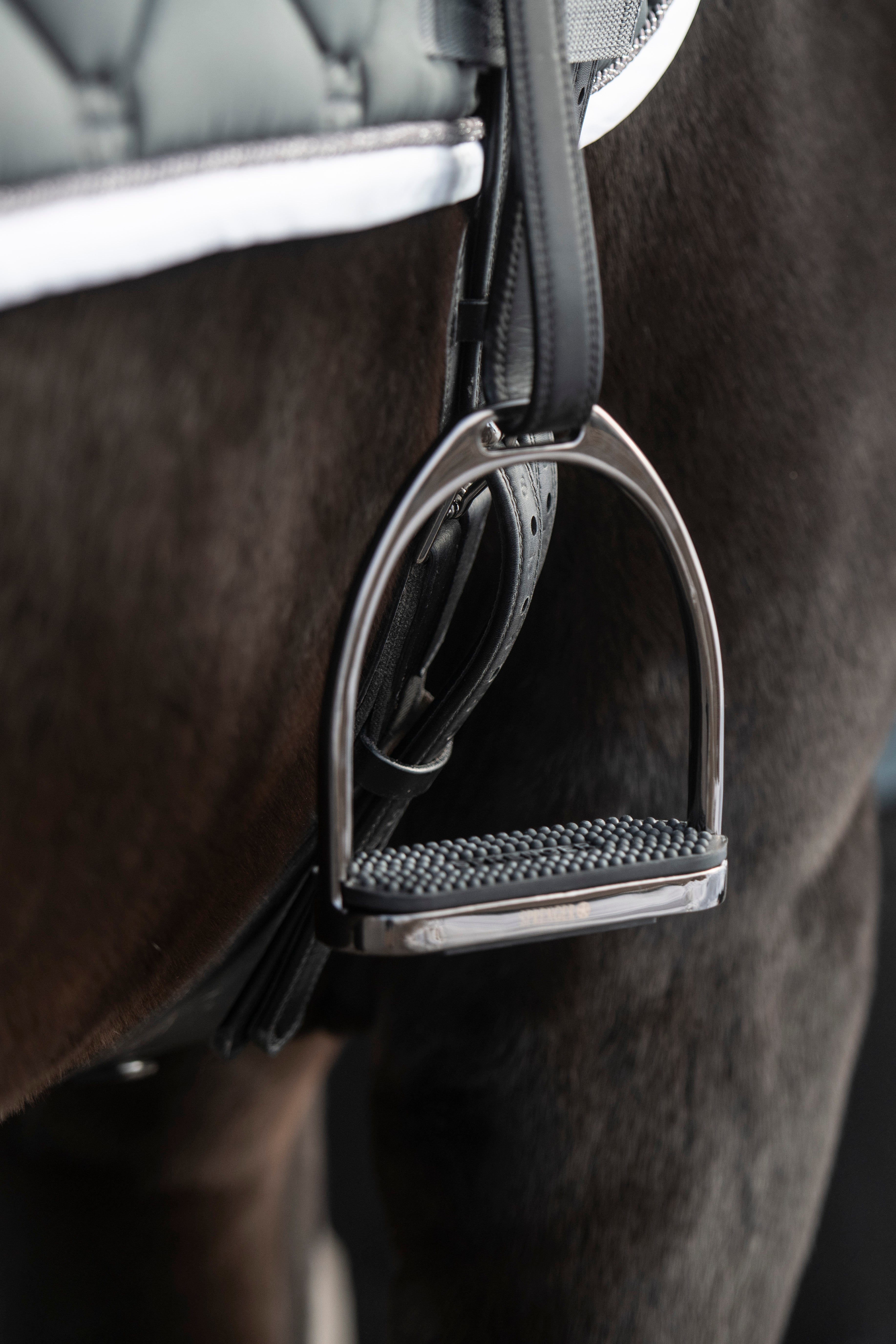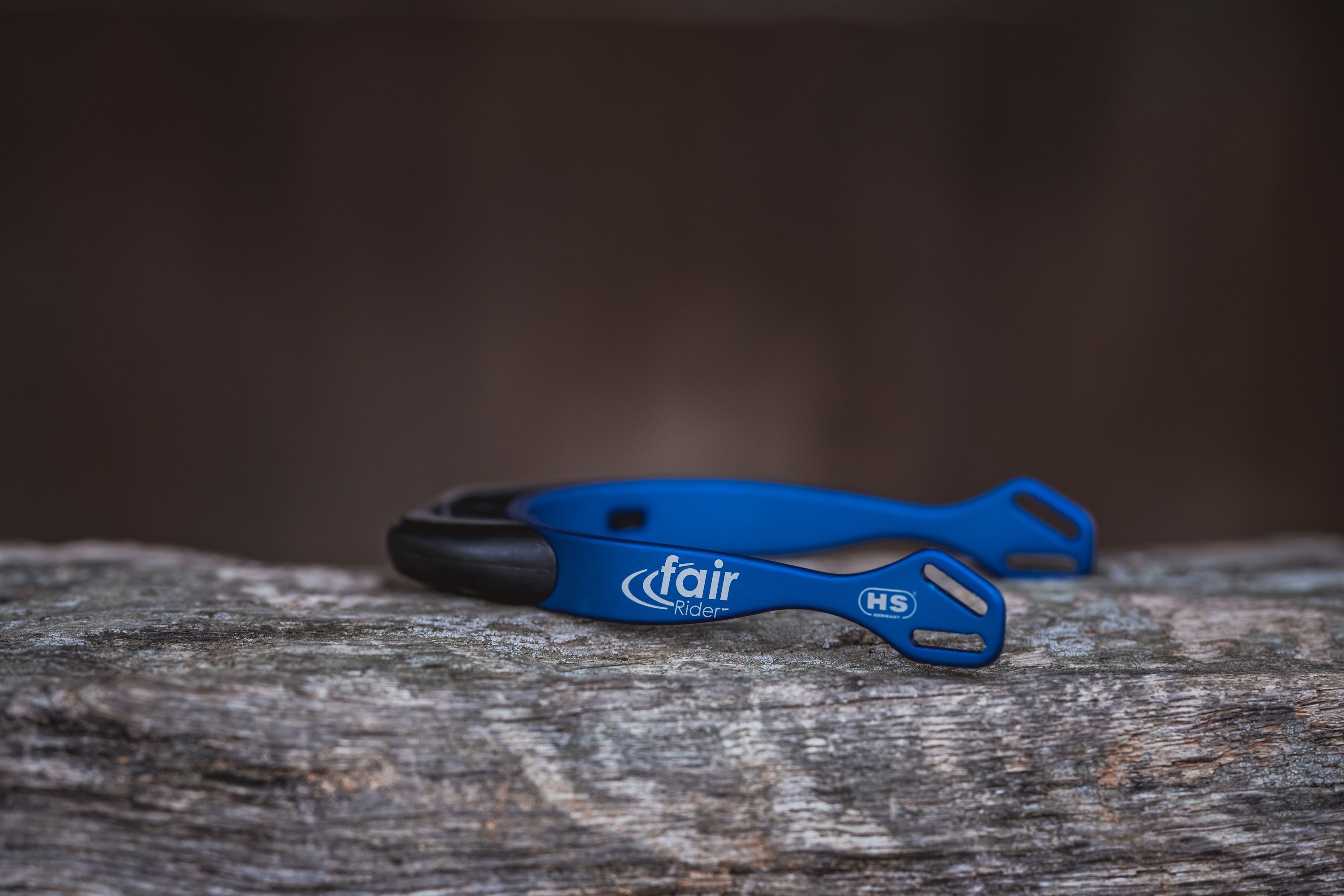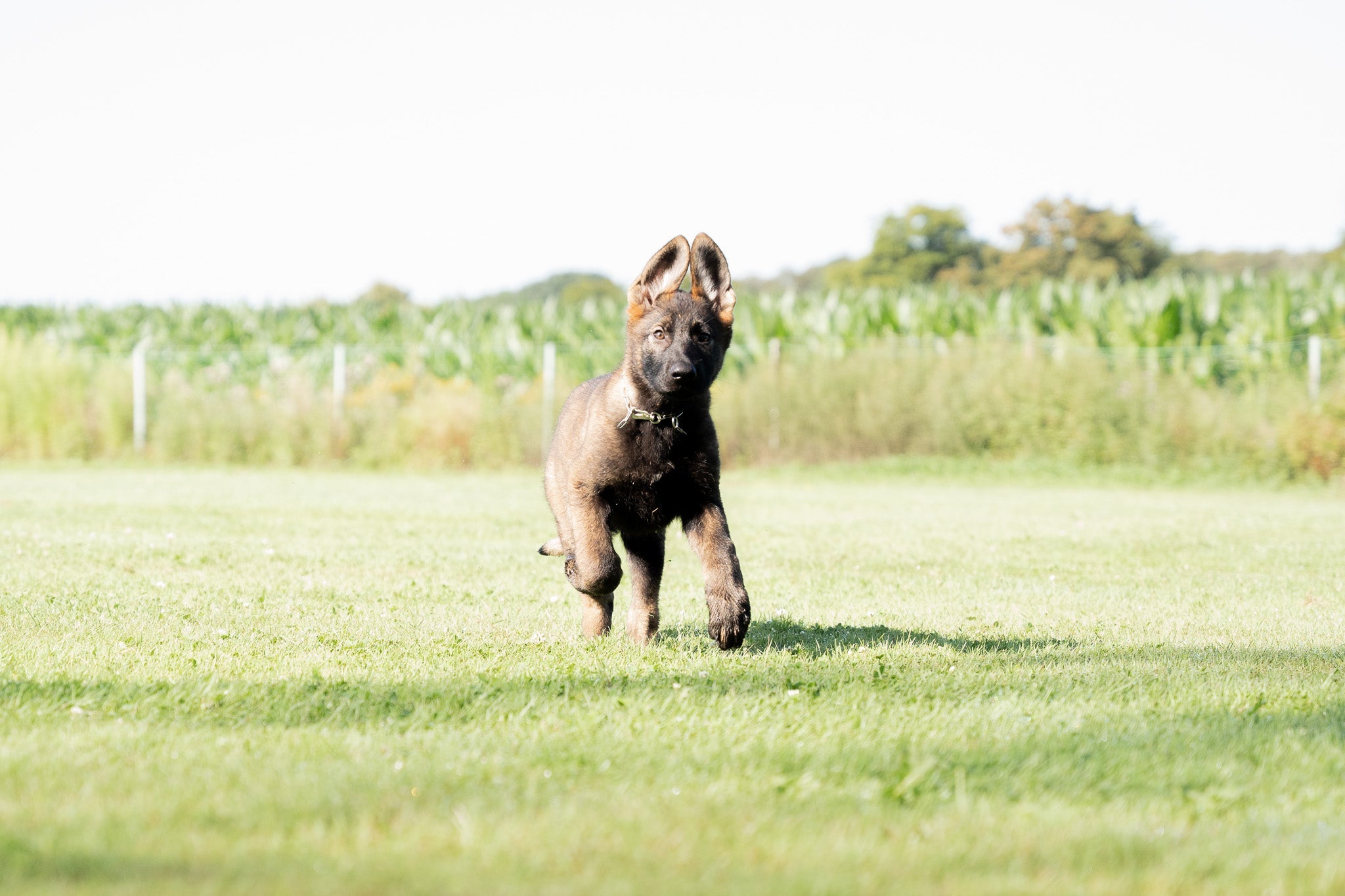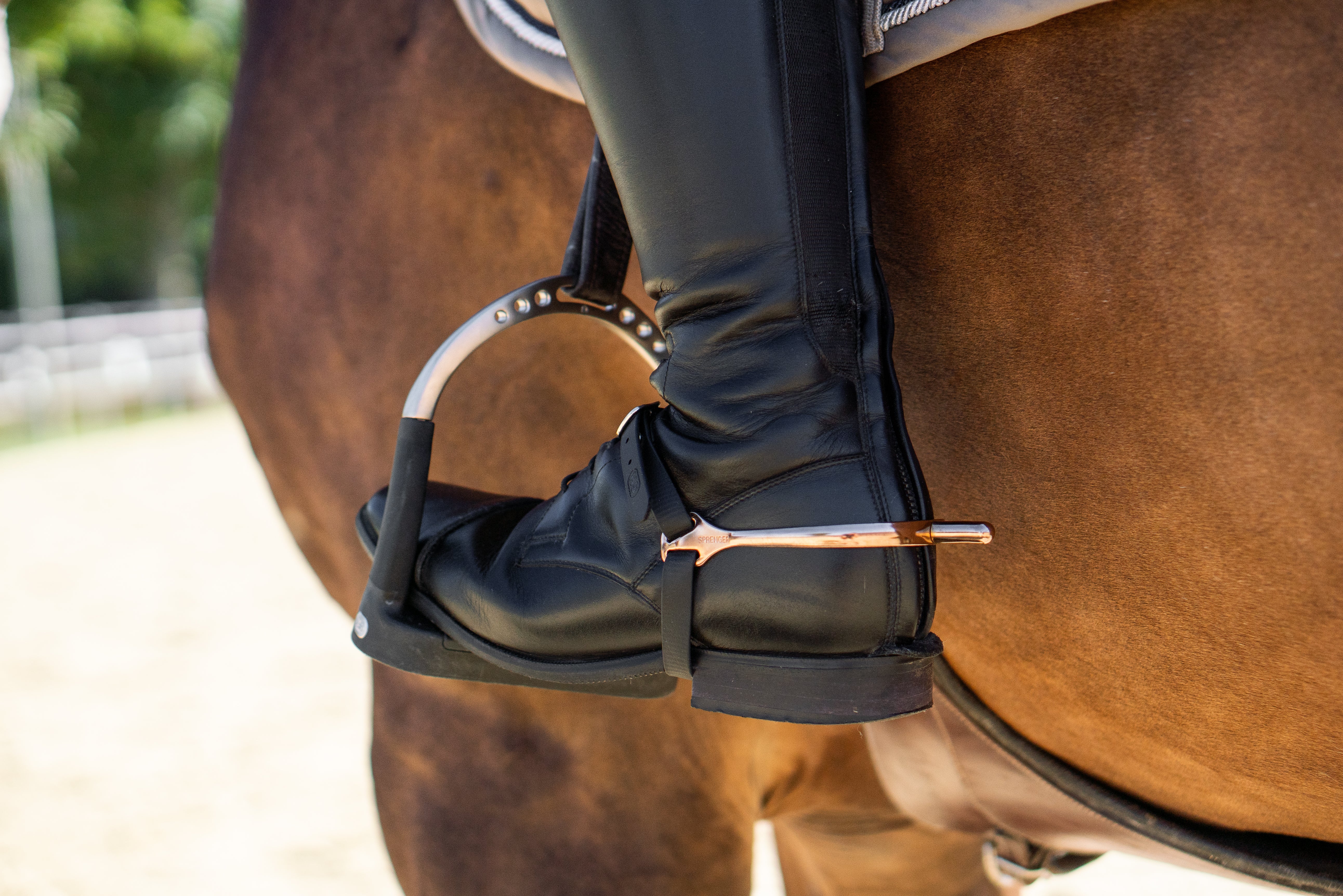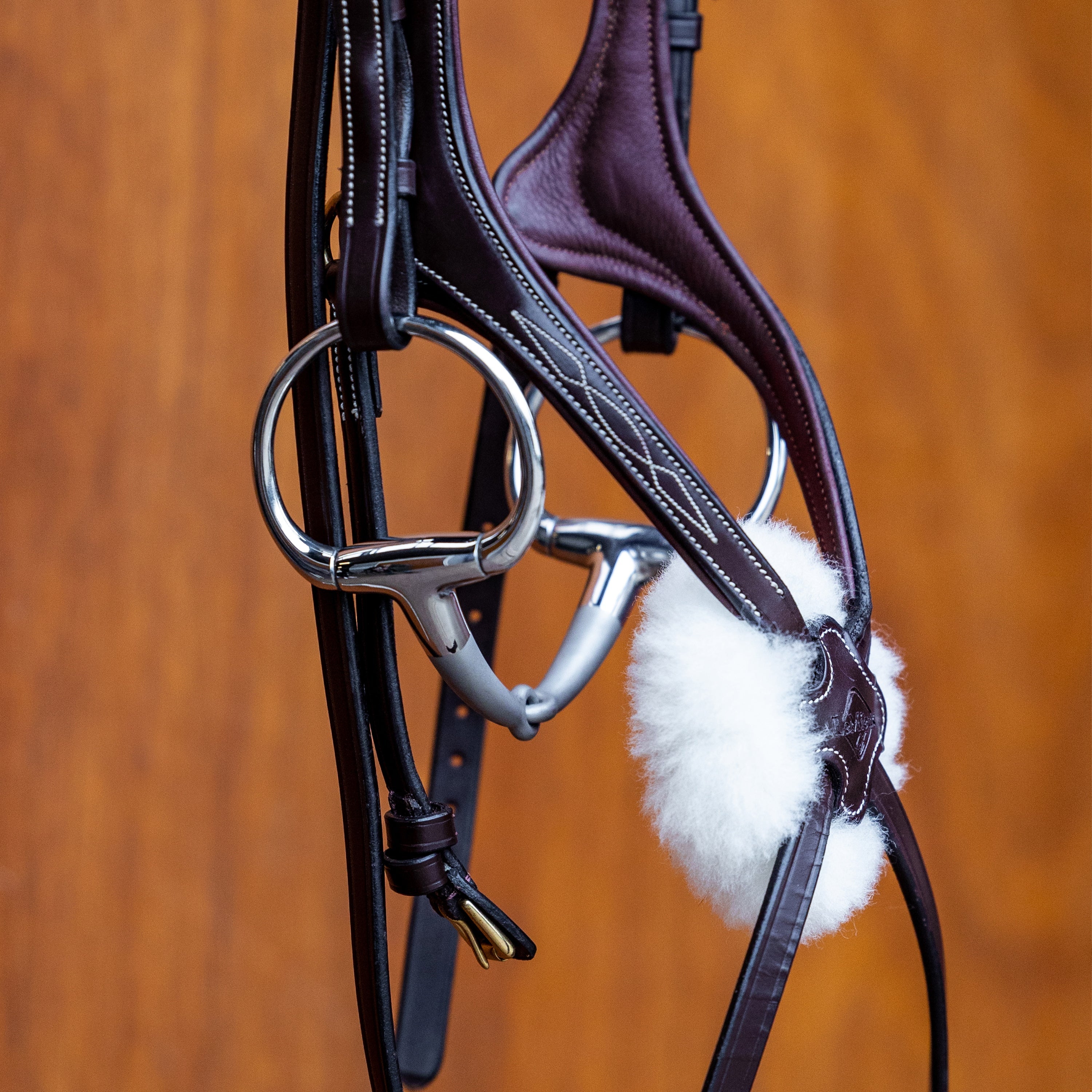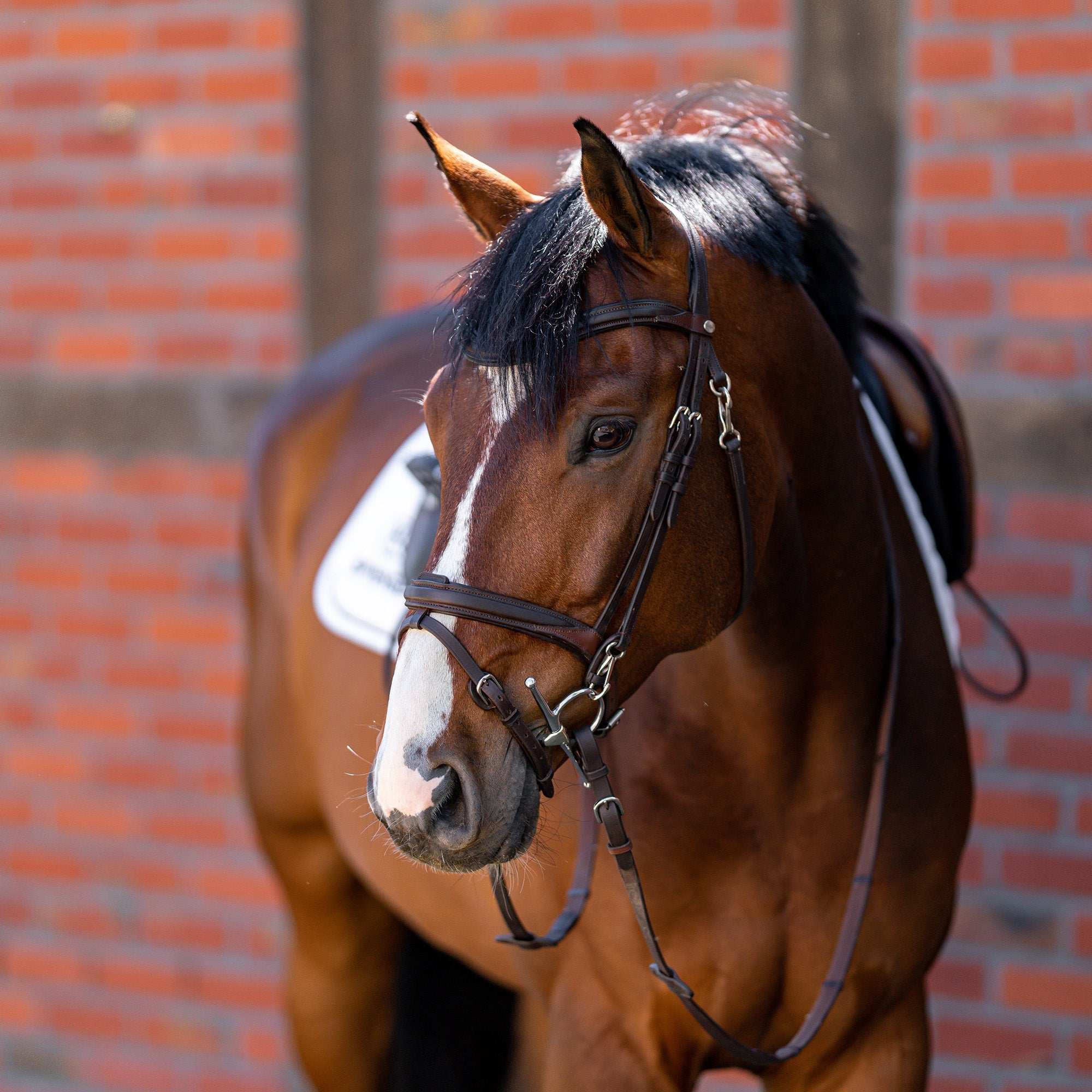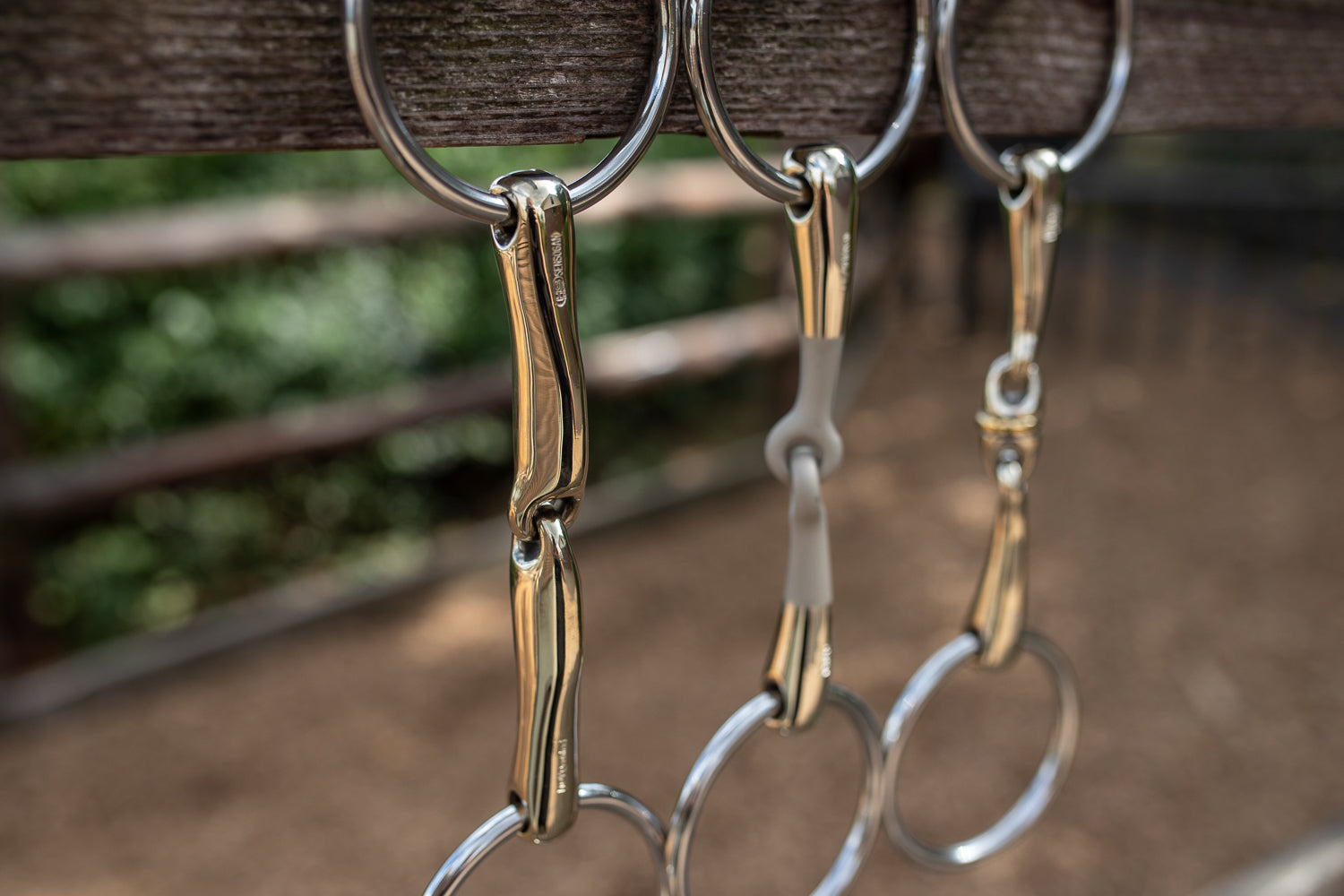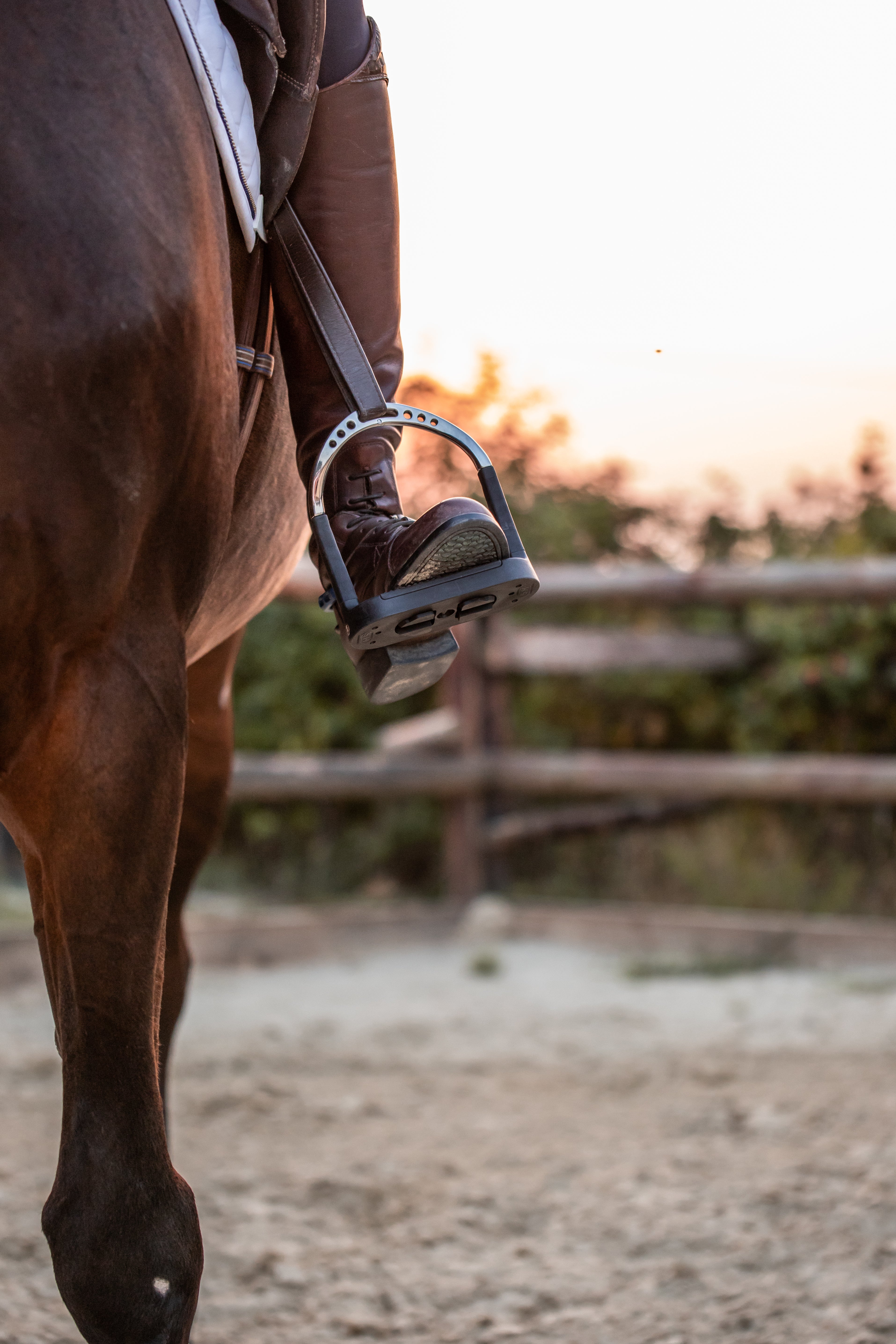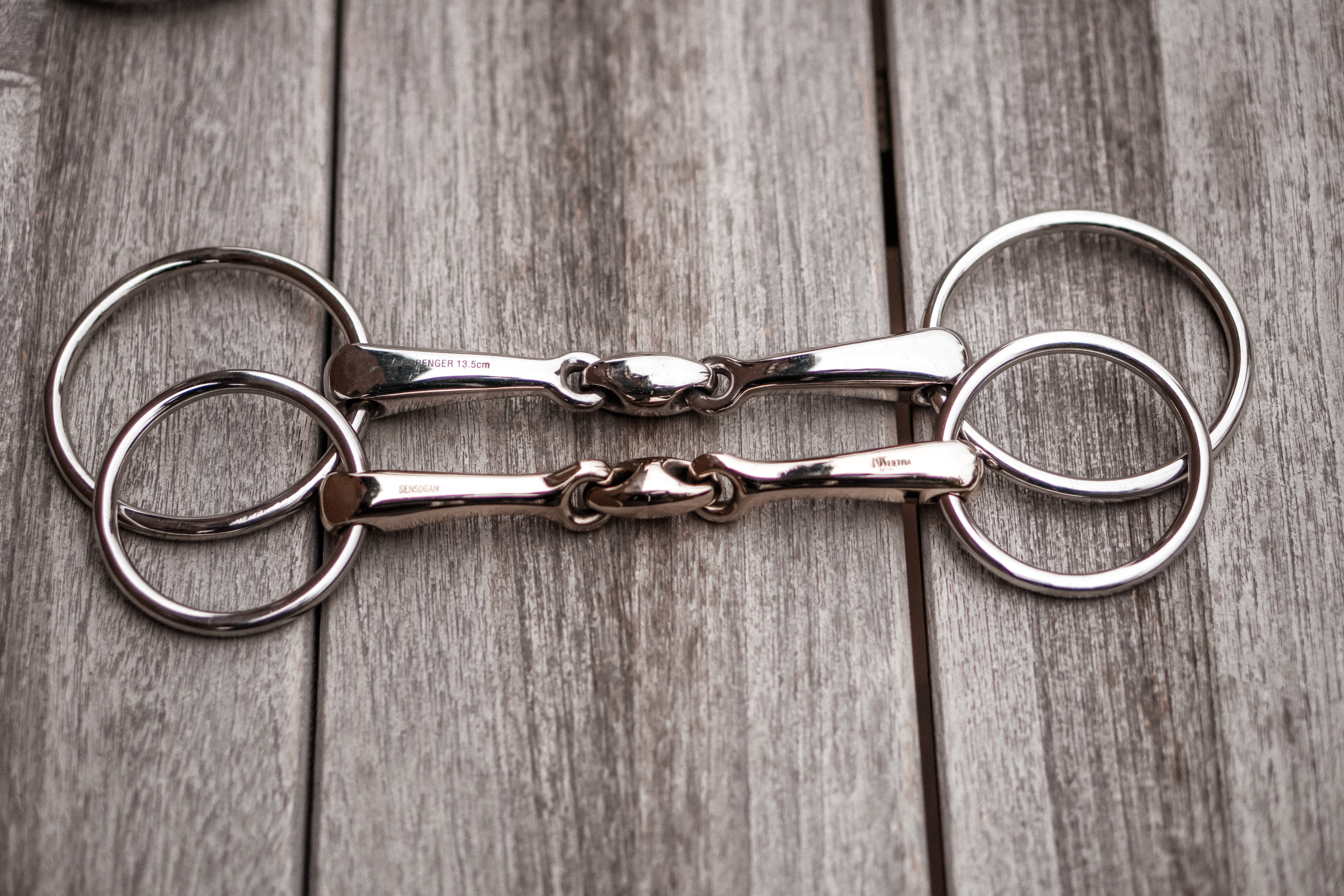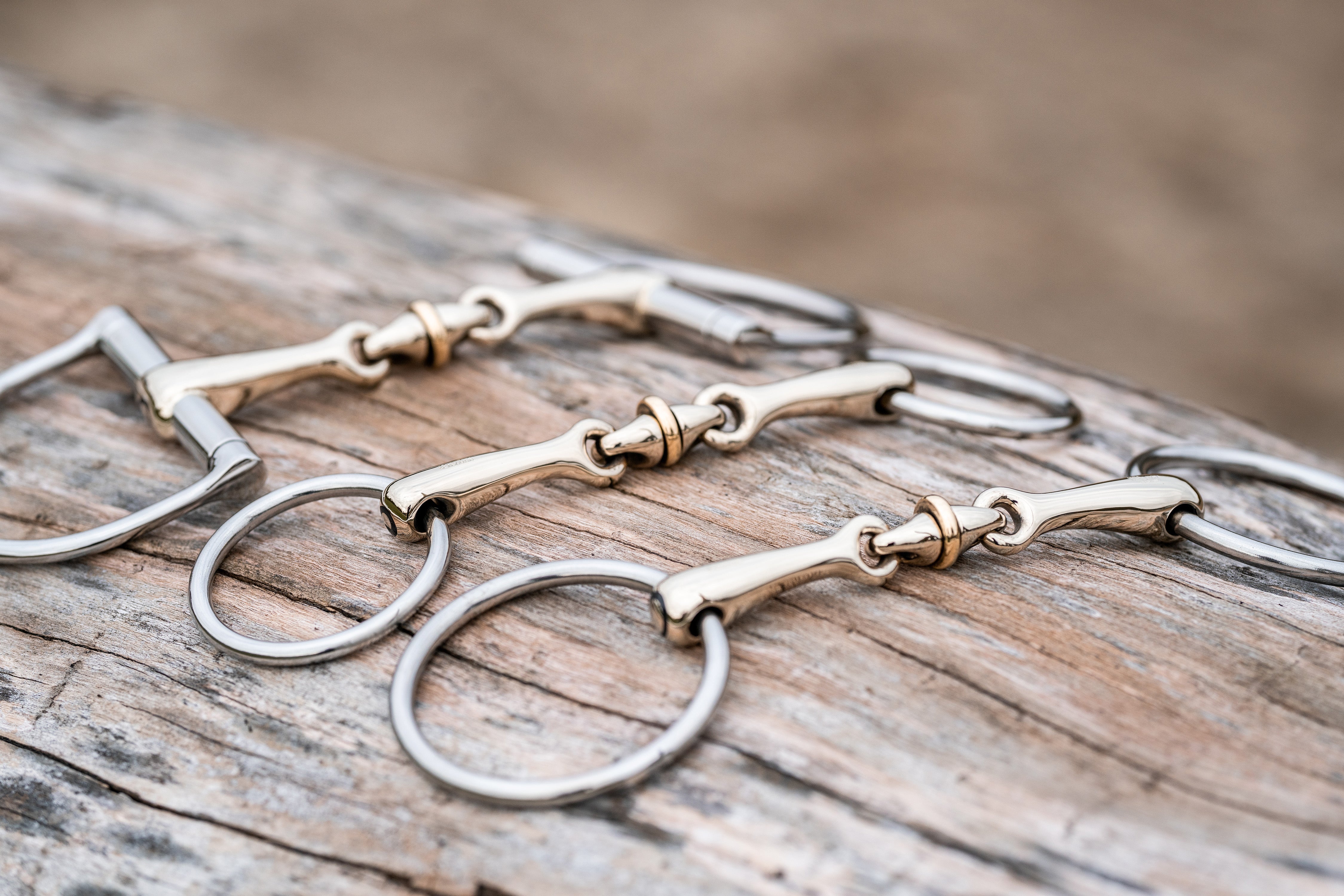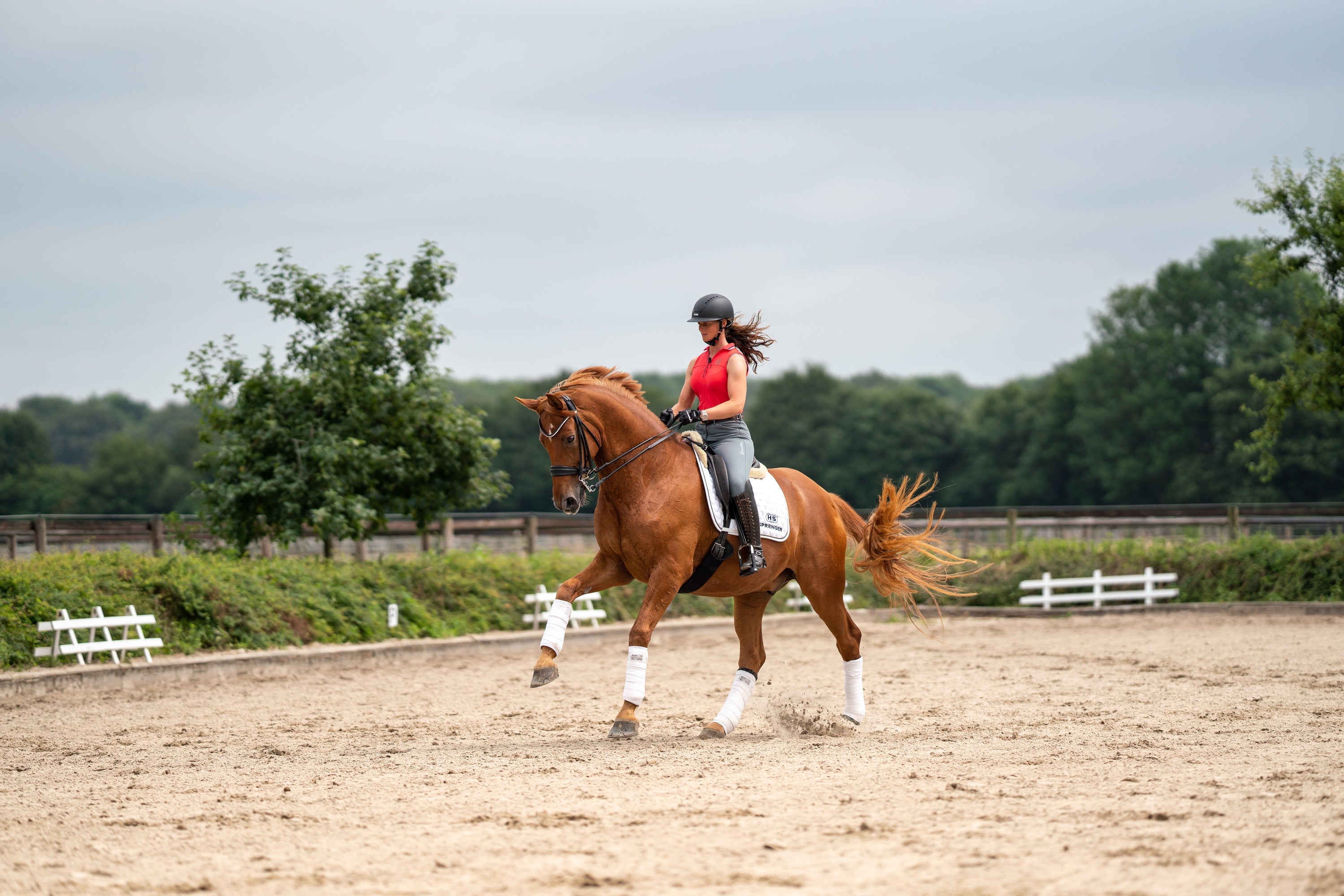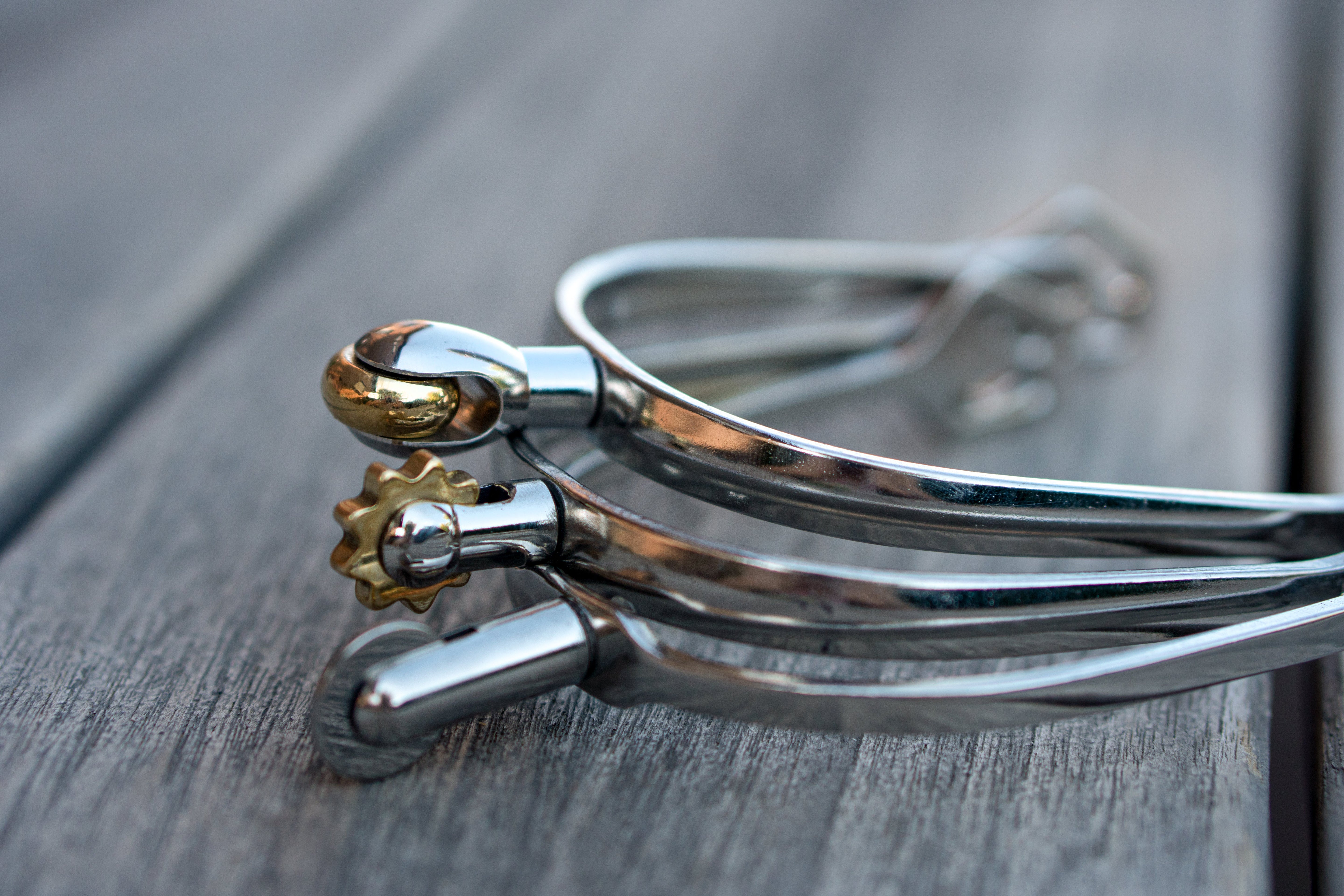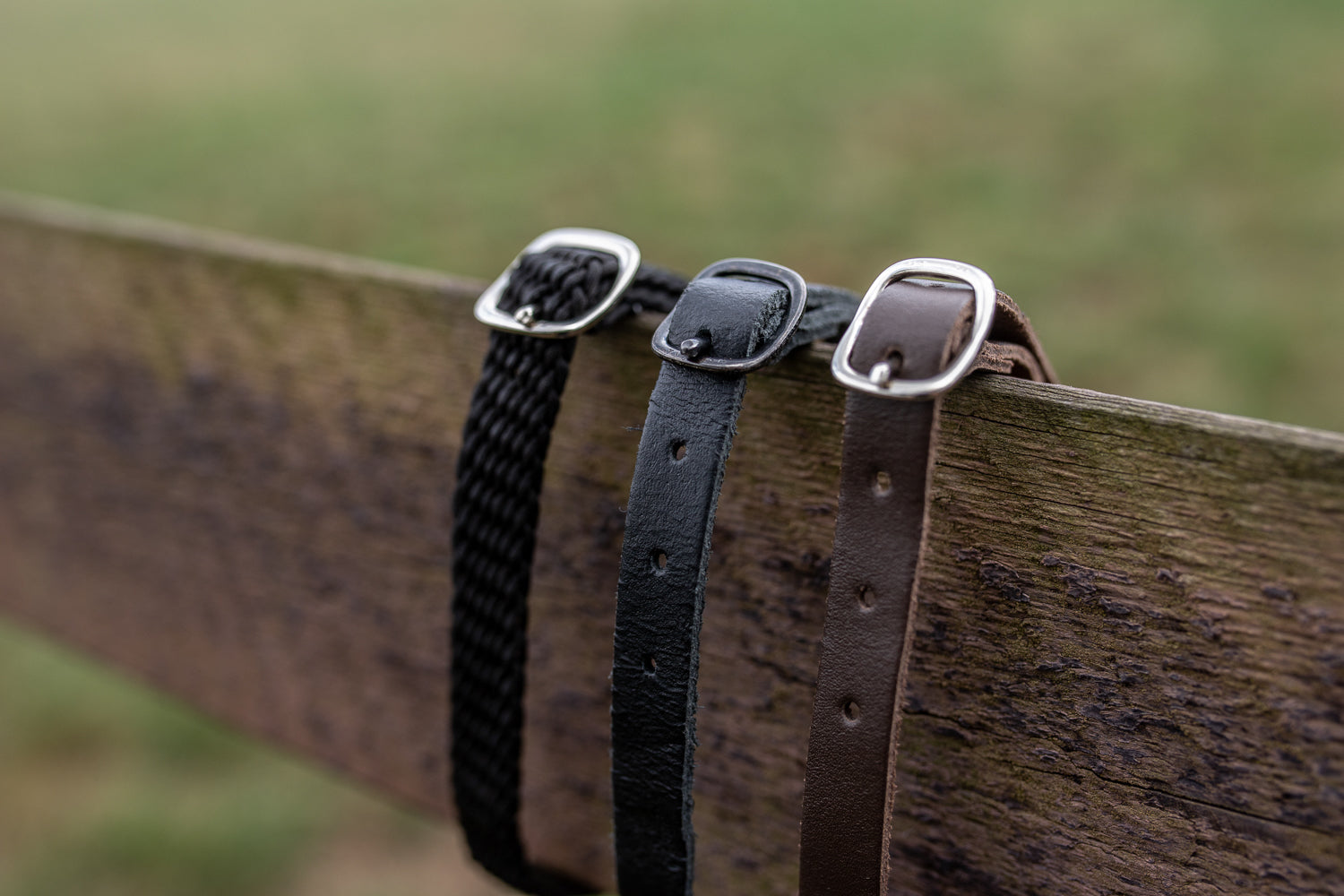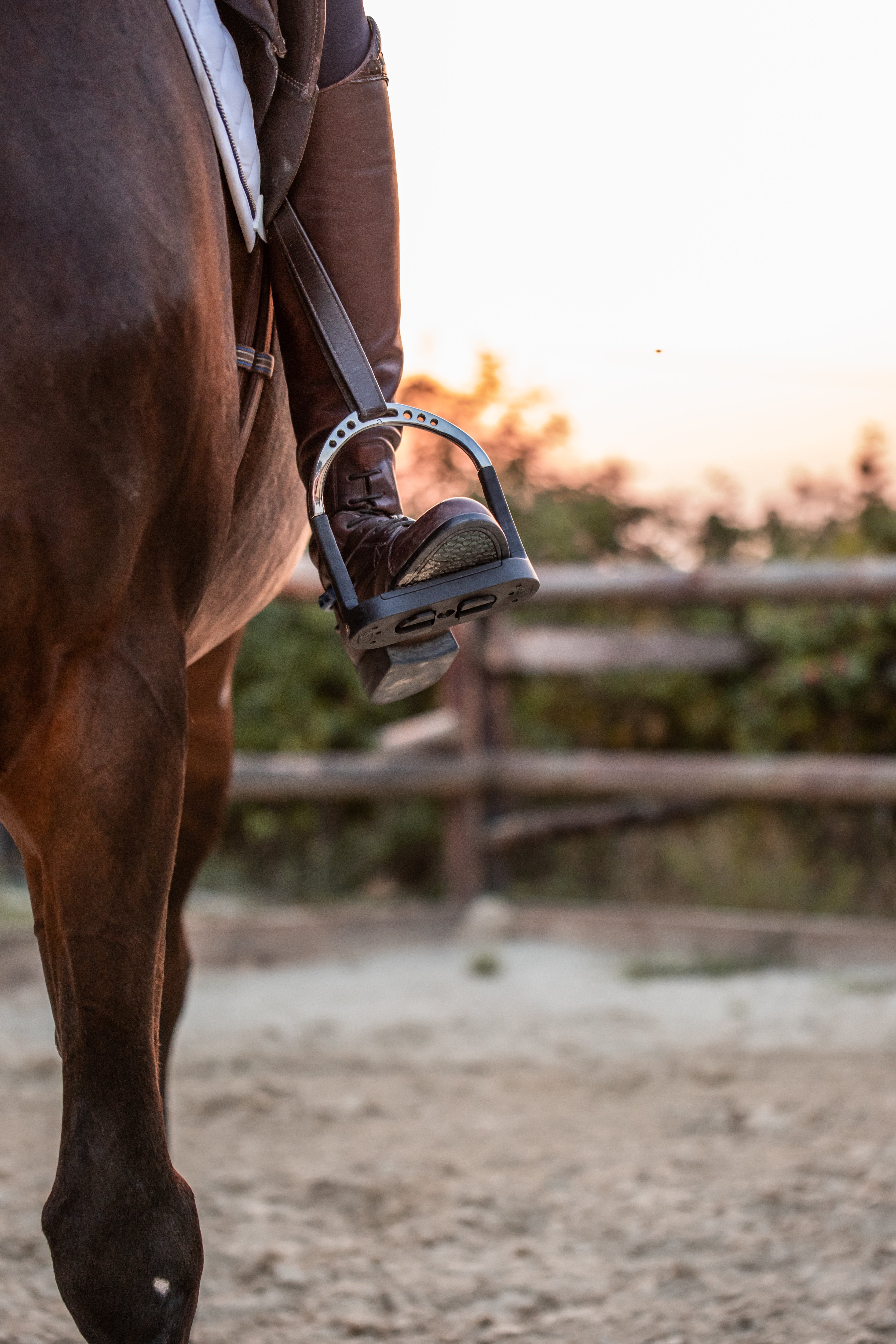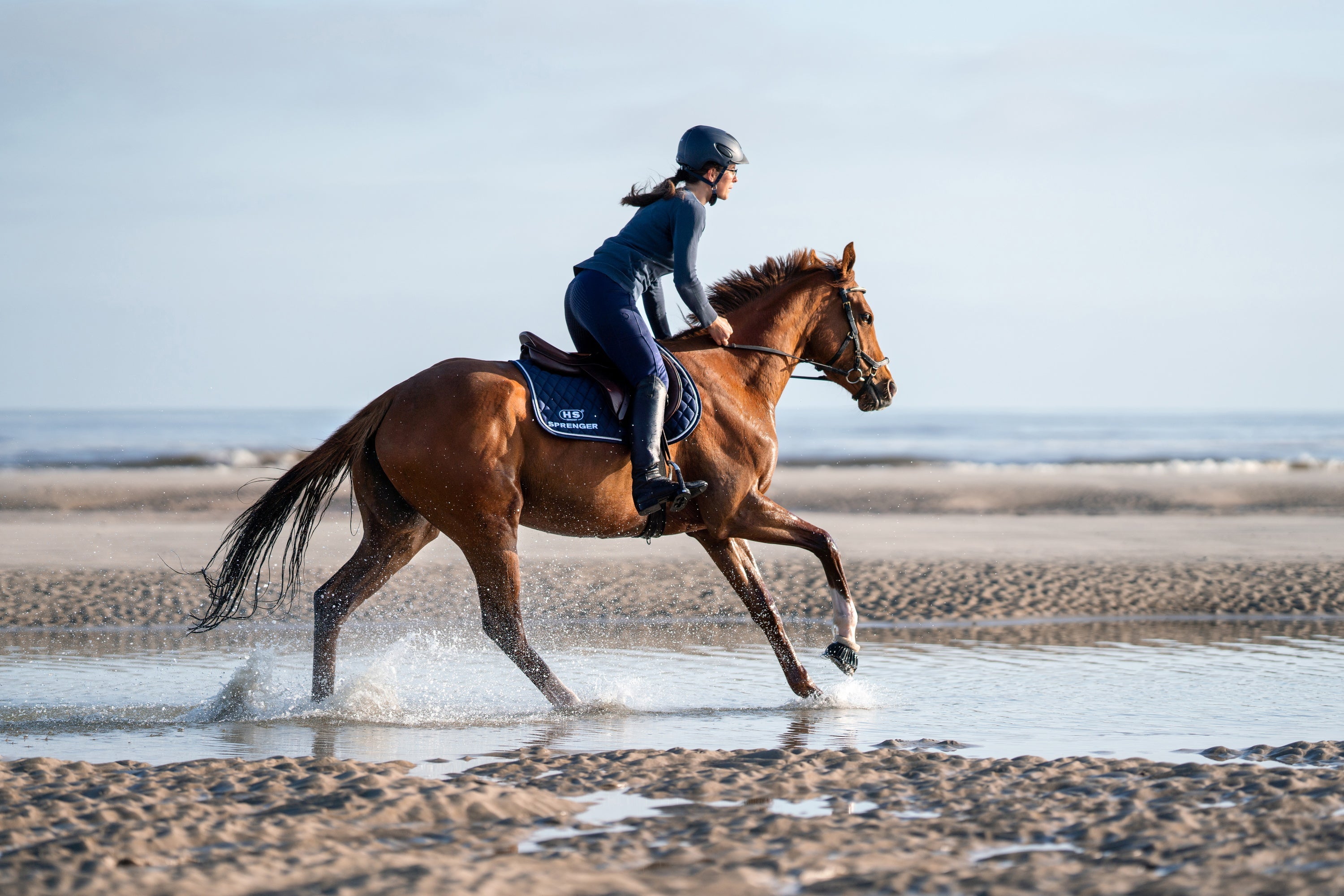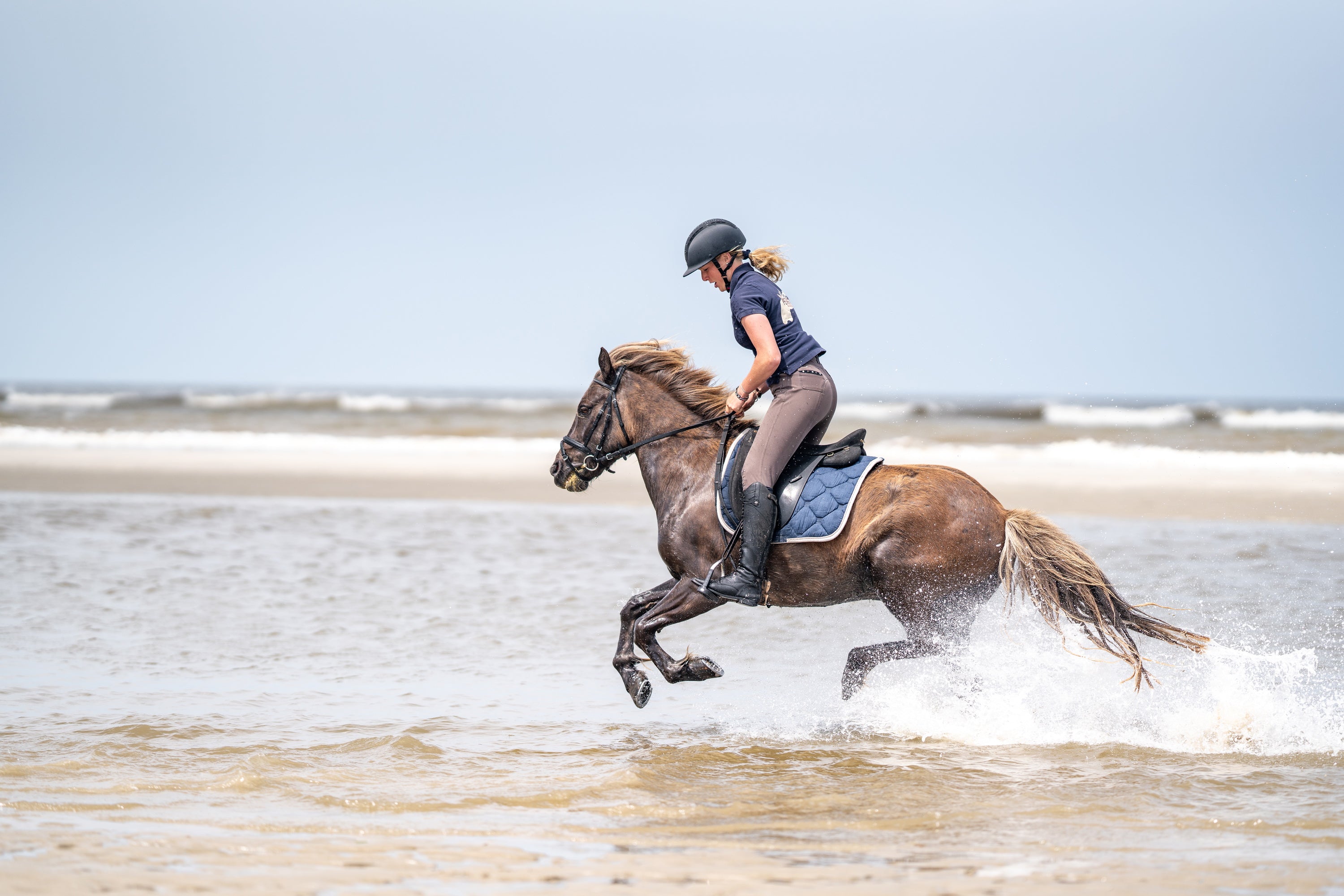Loose Ring Snaffles At A Glance
Side pieces: loose rings
Mouthpiece: single jointed, double jointed, straight mullen mouth, mullen mouth with port
Fit: When correctly buckled, there should be no more than half a centimetre of space between the corner of the mouth and the bit ring on the left and right. The ring must always be able to move freely and mustn’t pinch the corners of the mouth.
Our bestsellers: novocontact Loose Ring Snaffle, TURNADO Loose Ring Snaffle, Nathe Loose Ring Snaffle
Loose rings for movement in the horse’s mouth
The loose ring snaffle is probably the most commonly used bit. The mouthpiece end on both sides in continuous rings through which the mouthpiece can slide. As a result, the transmission of the rein aid is gently cushioned by a slight movement of the ring. The general mobility of the mouthpiece ensure that most horses accept this form of sidepiece very well. This is also the reason why the loose ring snaffle is popular for training young horses or beginners. However, it is generally suitable for all training levels of horse and rider. When the reins are taken up, the resulting pressure is transferred to the horse’s lower jaw via the tongue.

Single and Double Jointed Loose Ring Snaffles
Both models have been tried and tested in the equestrian world. The single jointed loose ring snaffle consists of two bit parts that are connected by a joint in the middle. When the reins are tightened, the centre of the mouthpiece is raised accordingly, so the pressure is increasingly directed towards the edges of the tongue, while the centre of the tongue is relieved. In case the impact is too strong the bit bit doesn’t fit correctly, this can lead to the so called ‘nutcracker effect’.
The double jointed loose ring snaffle has a lozenge that connects the two bit parts I the centre. This means that the two parts cannot rise, as is the case with the single jointed model, and the pressure of the rein aid is distributed over a larger area of the tongue. Sensitive horses in particular react very positively towards this wider distribution.
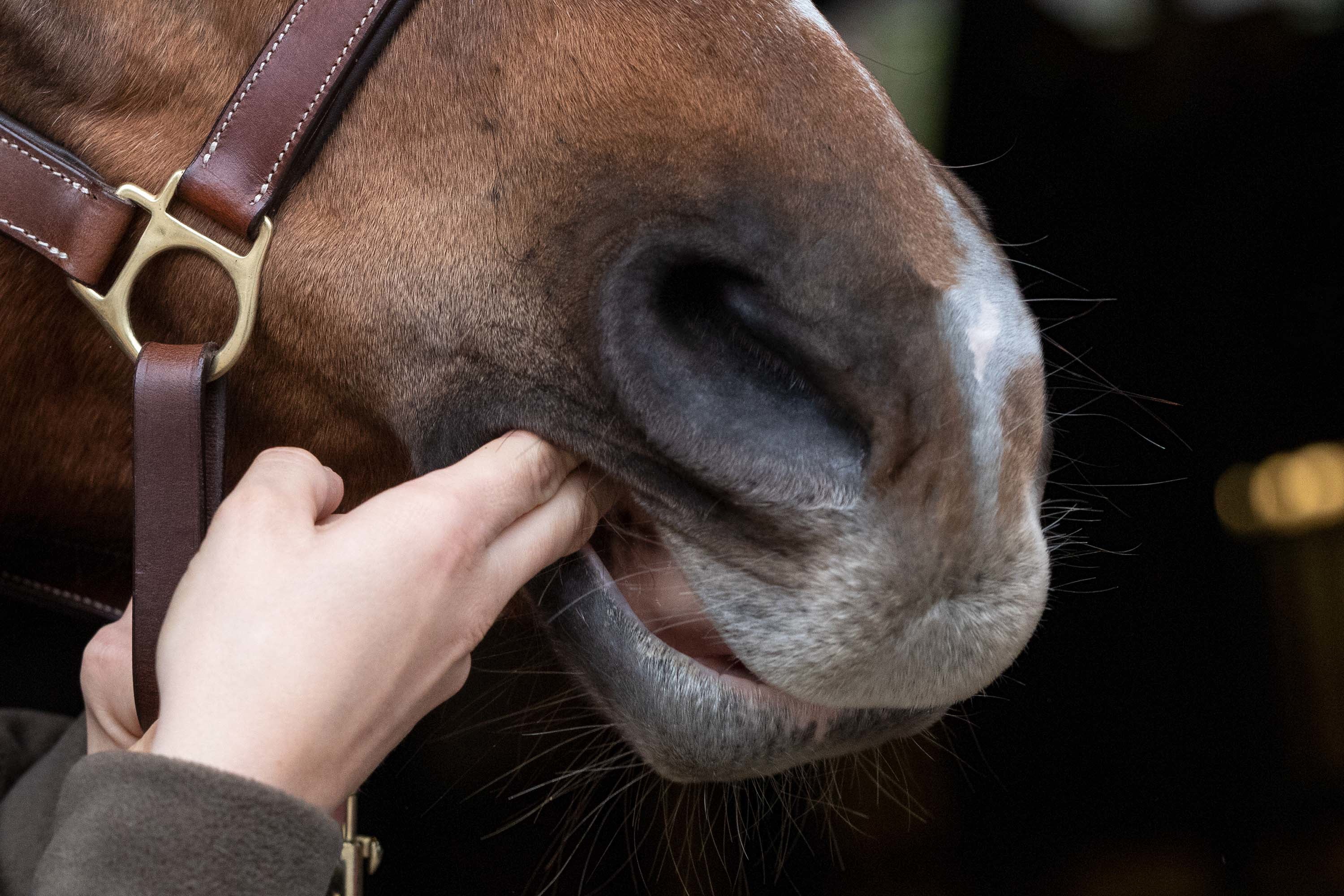
Loose Ring Mullen Mouth Bits
Mullen mouths with loose rings are somewhat more specialised. What remains the same is the mobility of the mouthpiece due to the continuous rings.
With a mullen mouth in general, one-sided rein aids are not possible to transmit. The necessary requirement for using such a bit is therefore a good reaction of your horse to leg and weight aids, especially in turns. With a straight mullen mouth, the pressure distribution of the rein aids extends evenly over the whole tongue. Mullen mouths with port, such as the Satinox Mullen Mouth, offer horses with particularly thick and fleshy tongues more space and only excert pressure on the centre of the tongue when the reins are taken up stronger. In addition, the rein aid is transferred more directly and the bit lies more steadily in the horse’s mouth than double or single jointed loose ring snaffles.
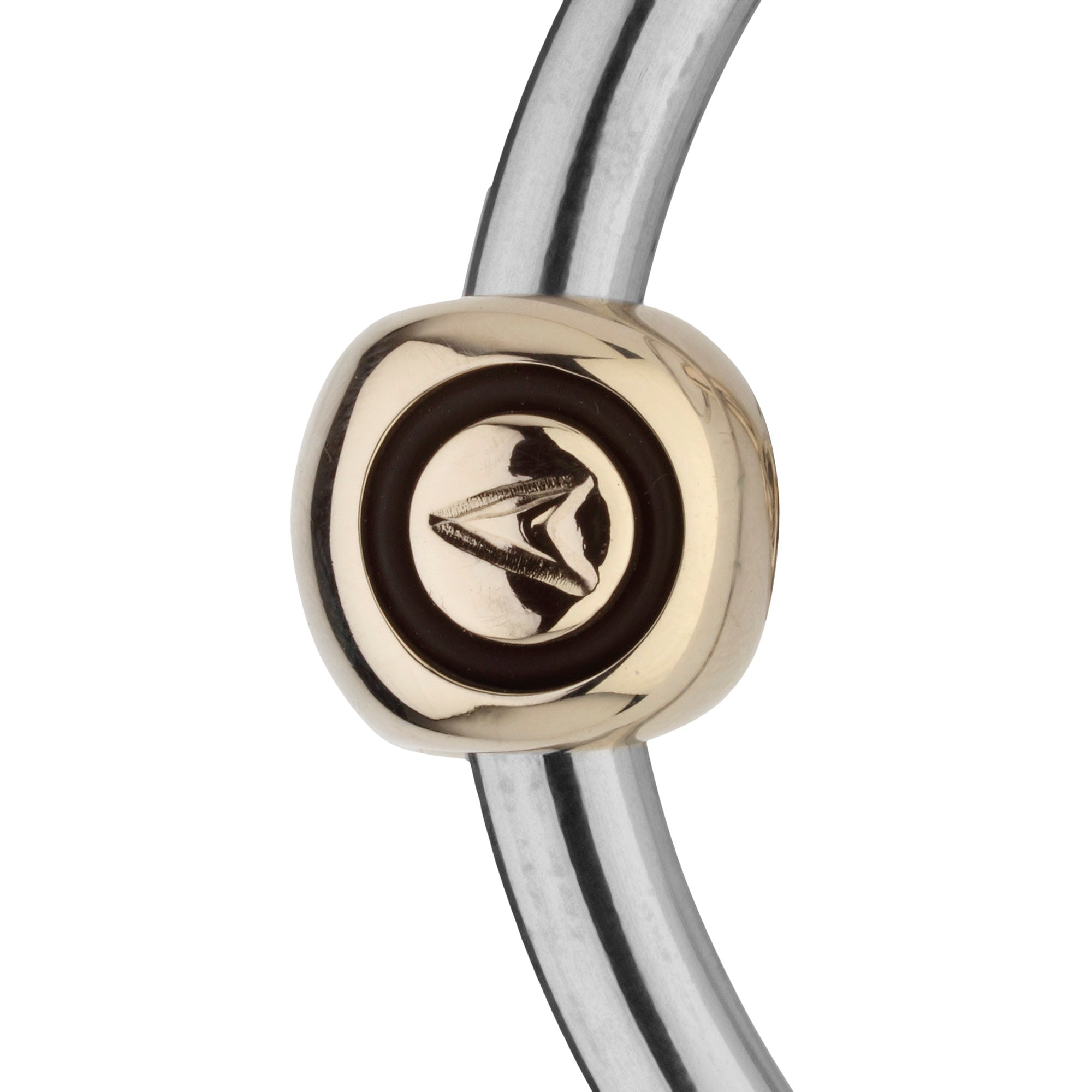
Sensogan loose ring snaffles
To make the new loose ring snaffle particularly appealing to your horse, we recommend our Sensogan loose ring snaffles. The copper contained in the alloy specifically stimulates the horse's chewing activity, so the bit is well accepted and at the same time the jaw muscles are relaxed by the chewing movement. For a happy and motivated horse.
You can recognise the SPRENGER Sensogan bits by the black ring on the side parts.
Find your new loose ring snaffle at SPRENGER
PART OF YOUR PASSION.

